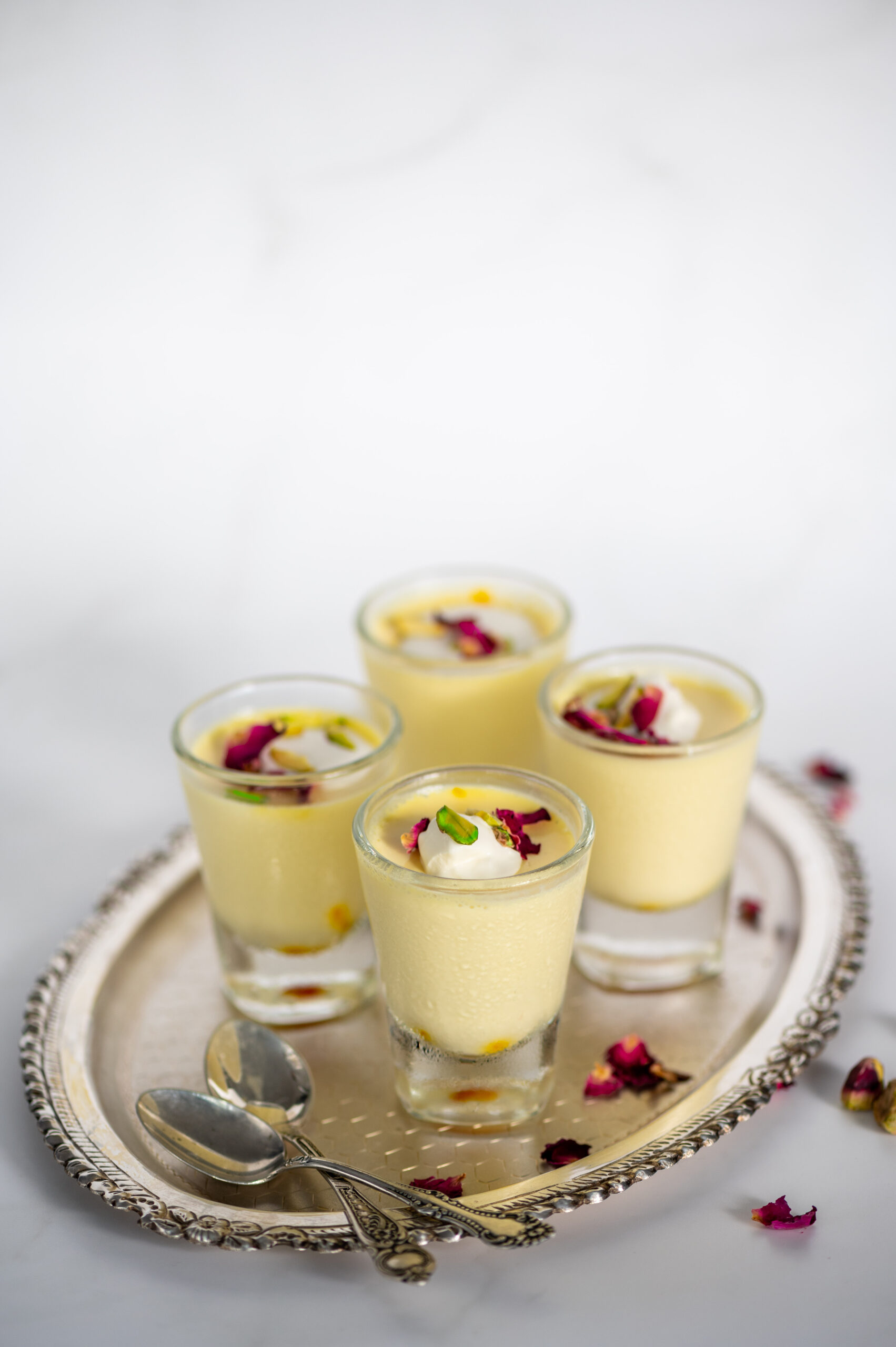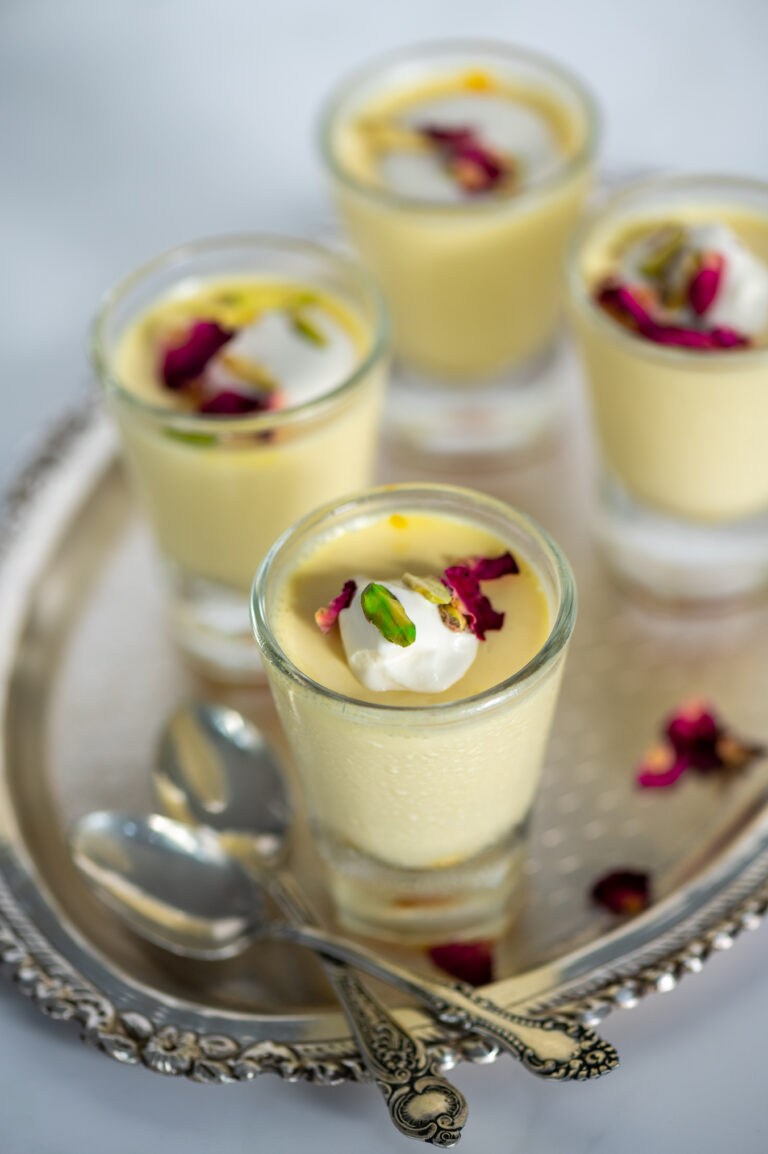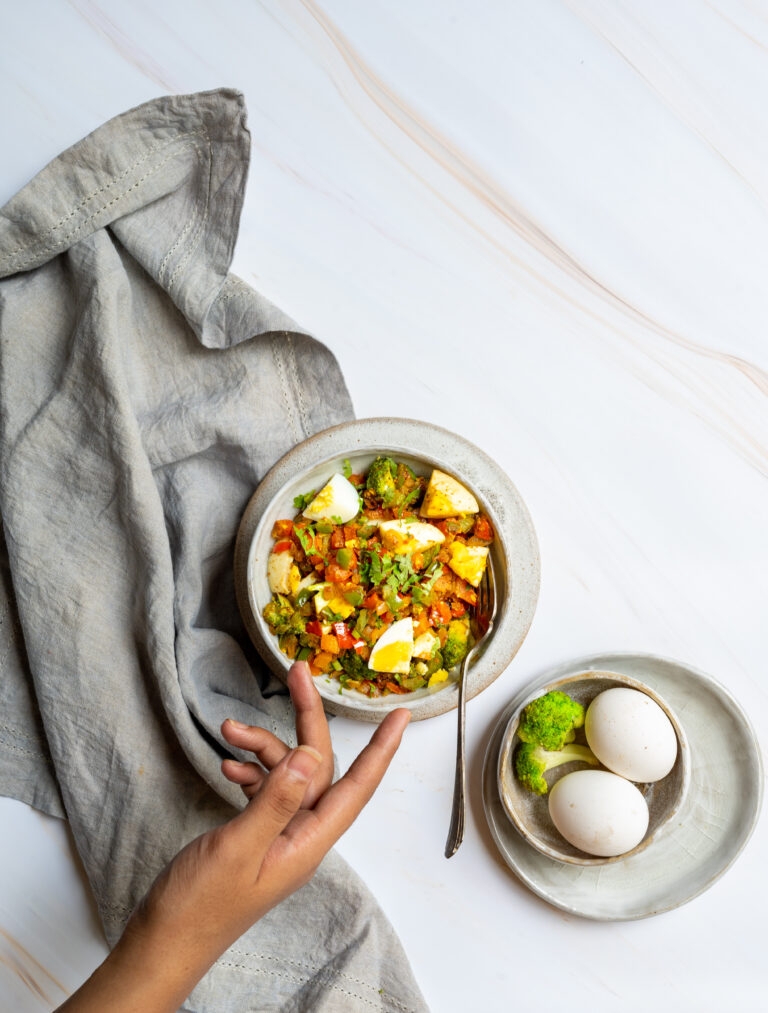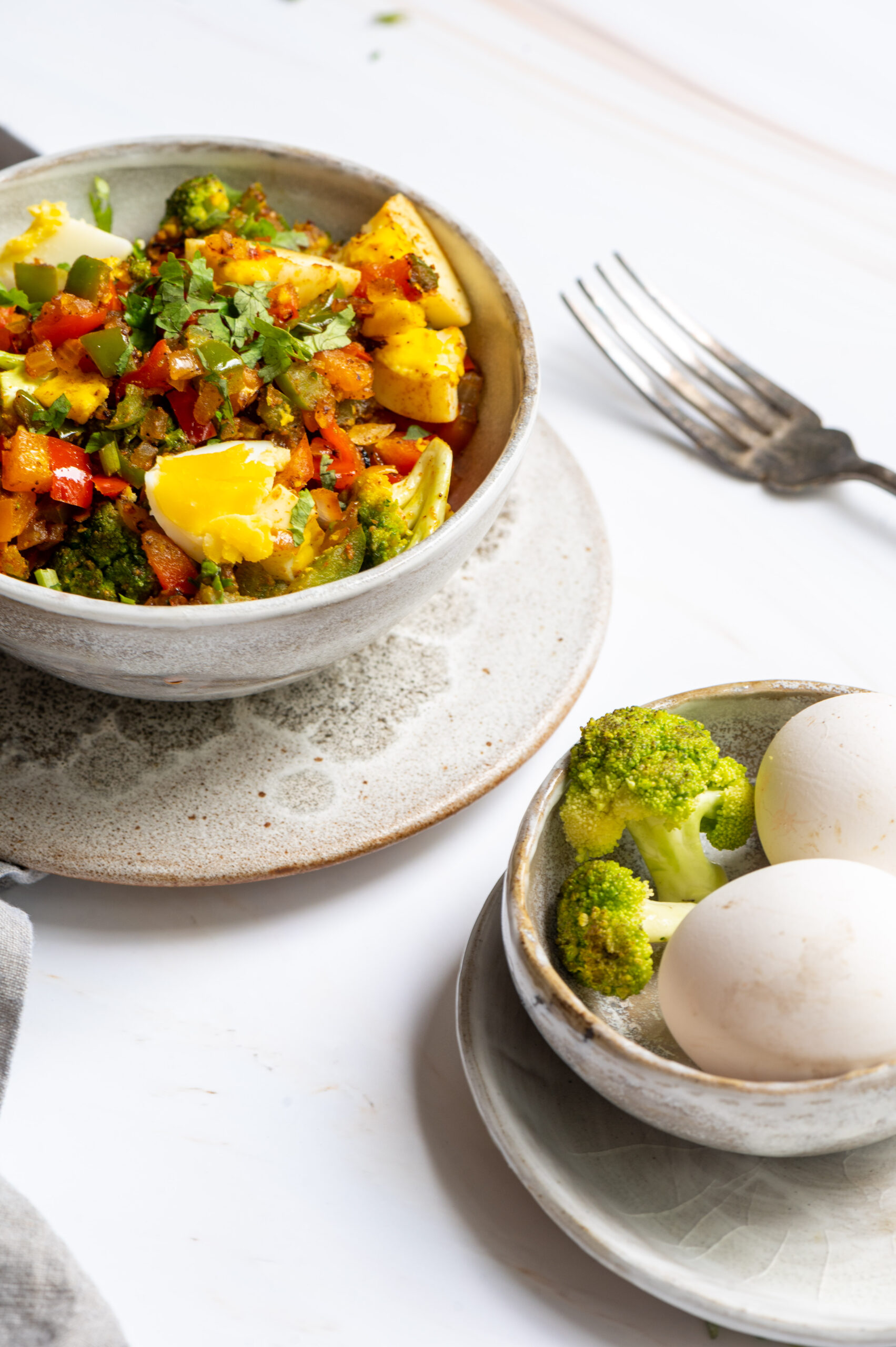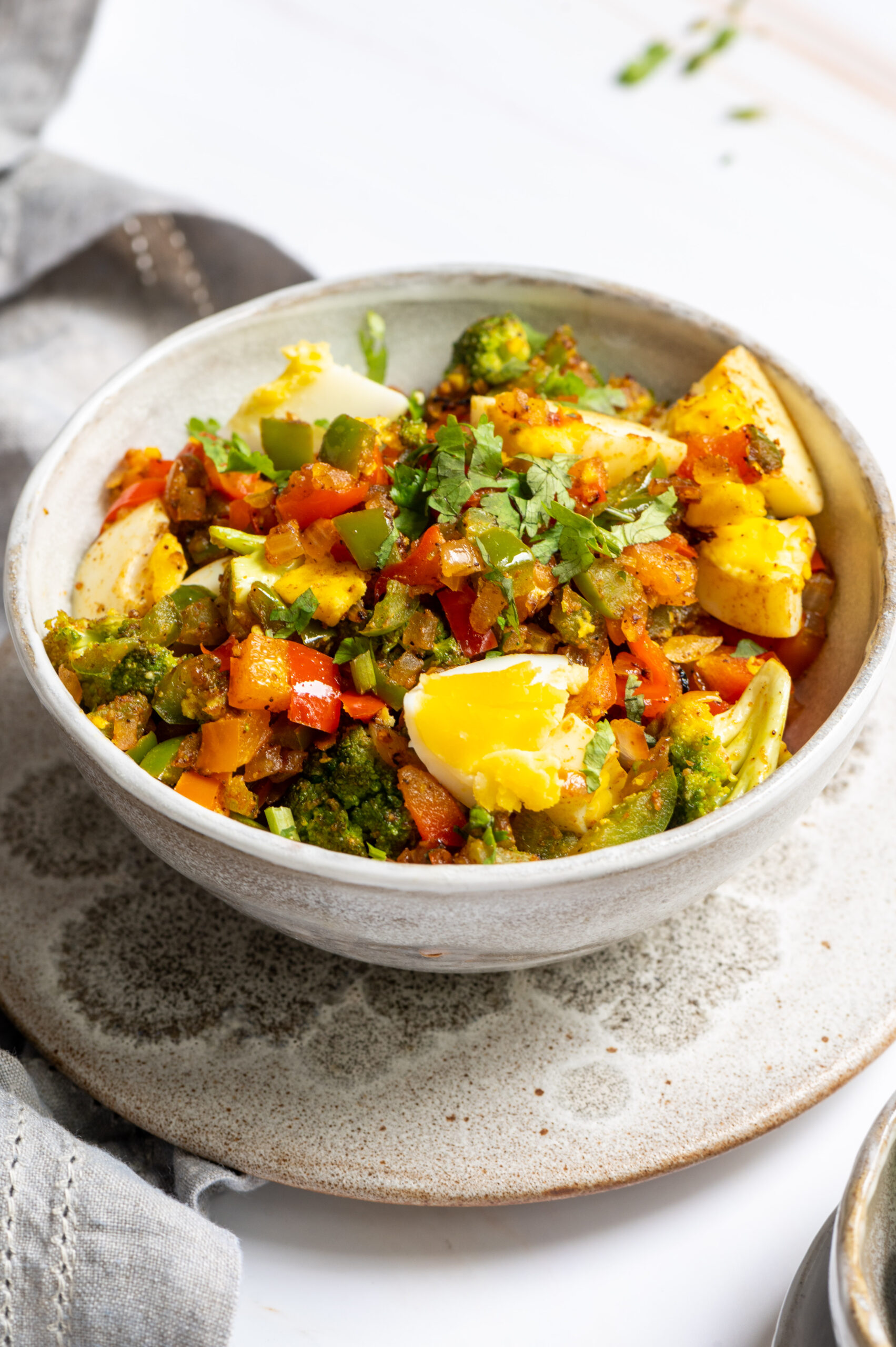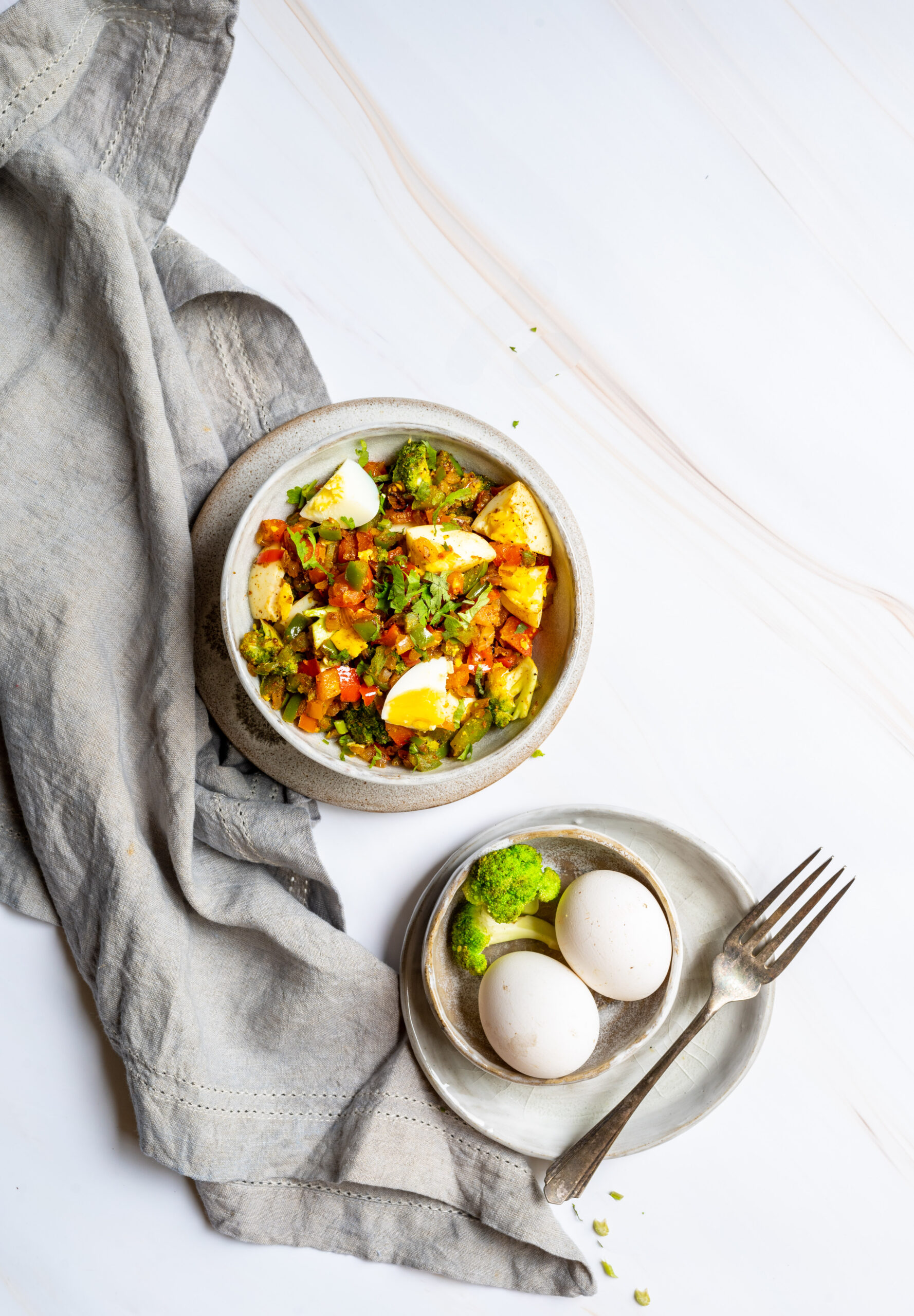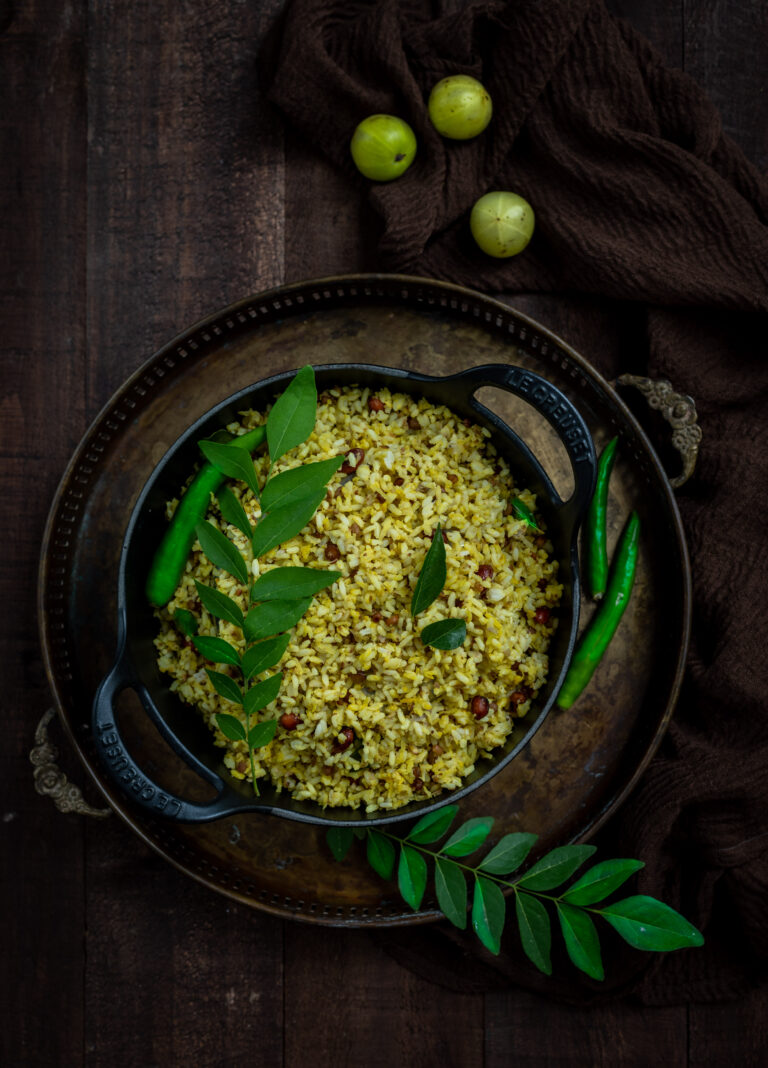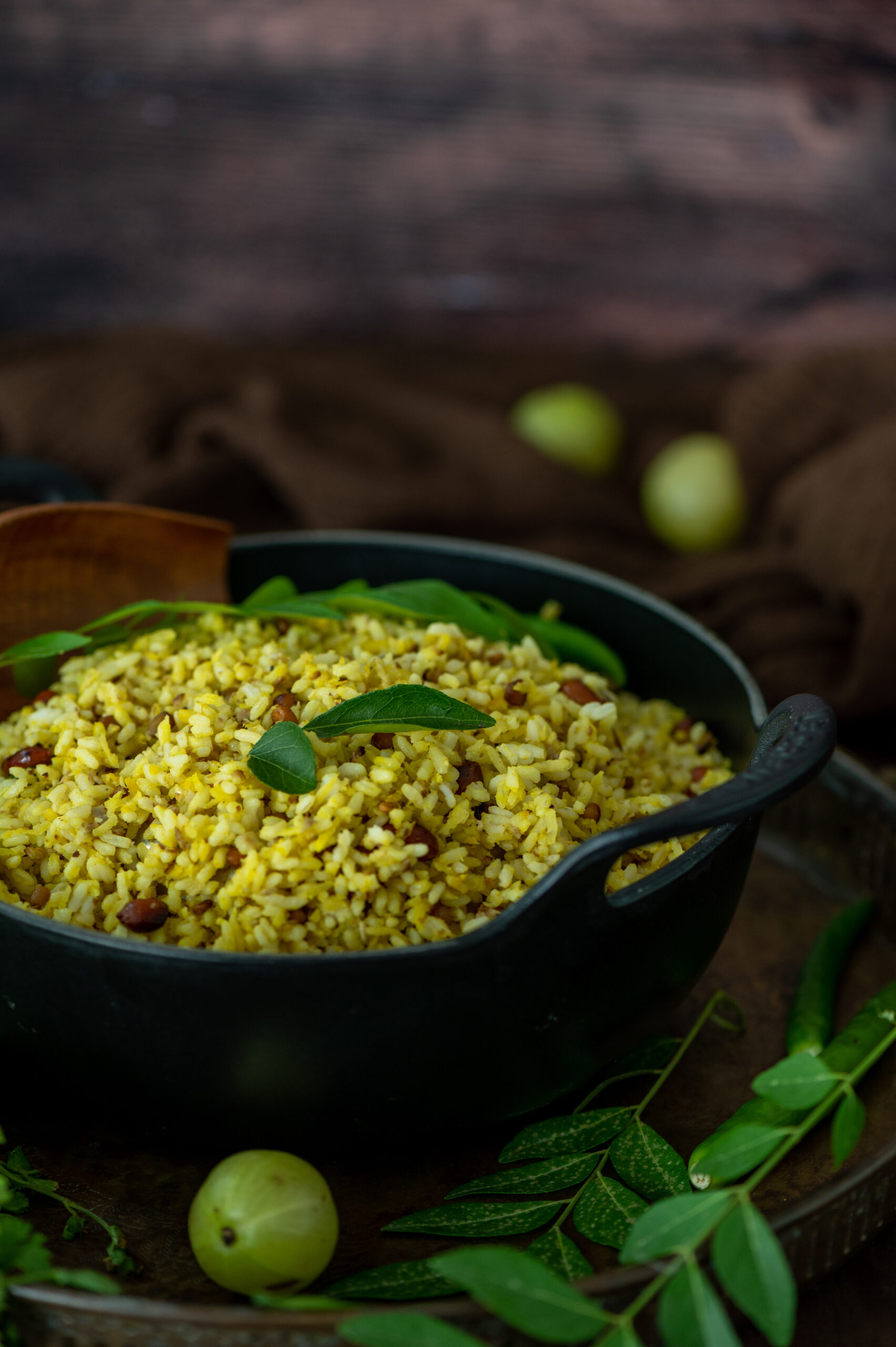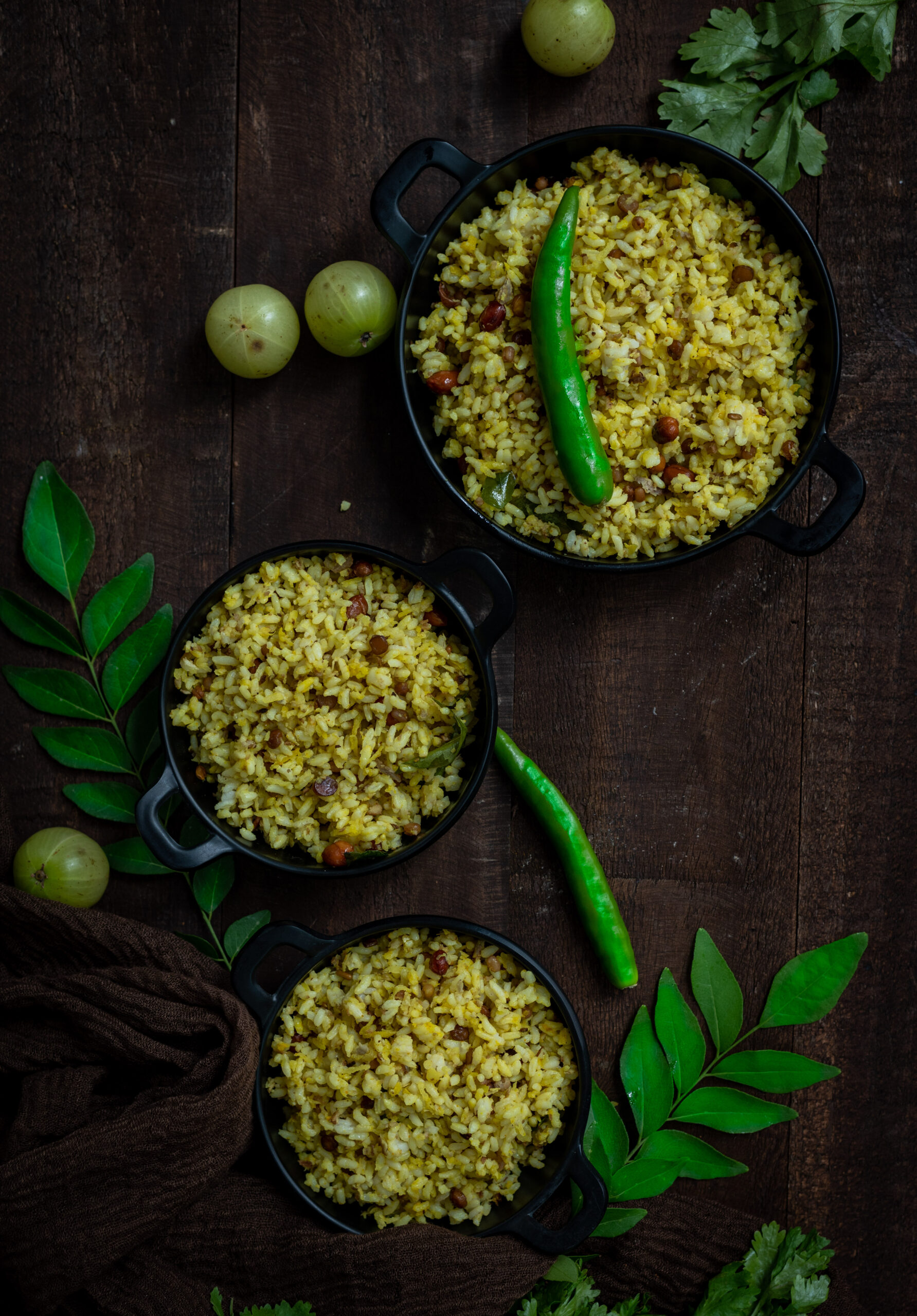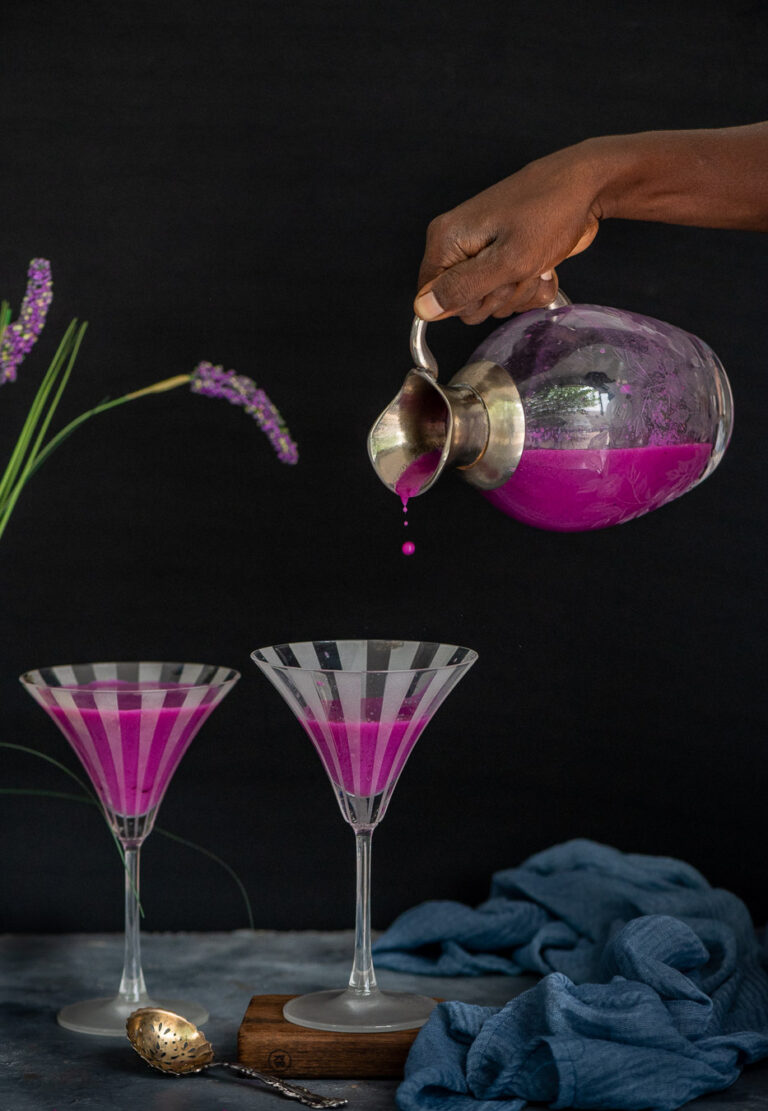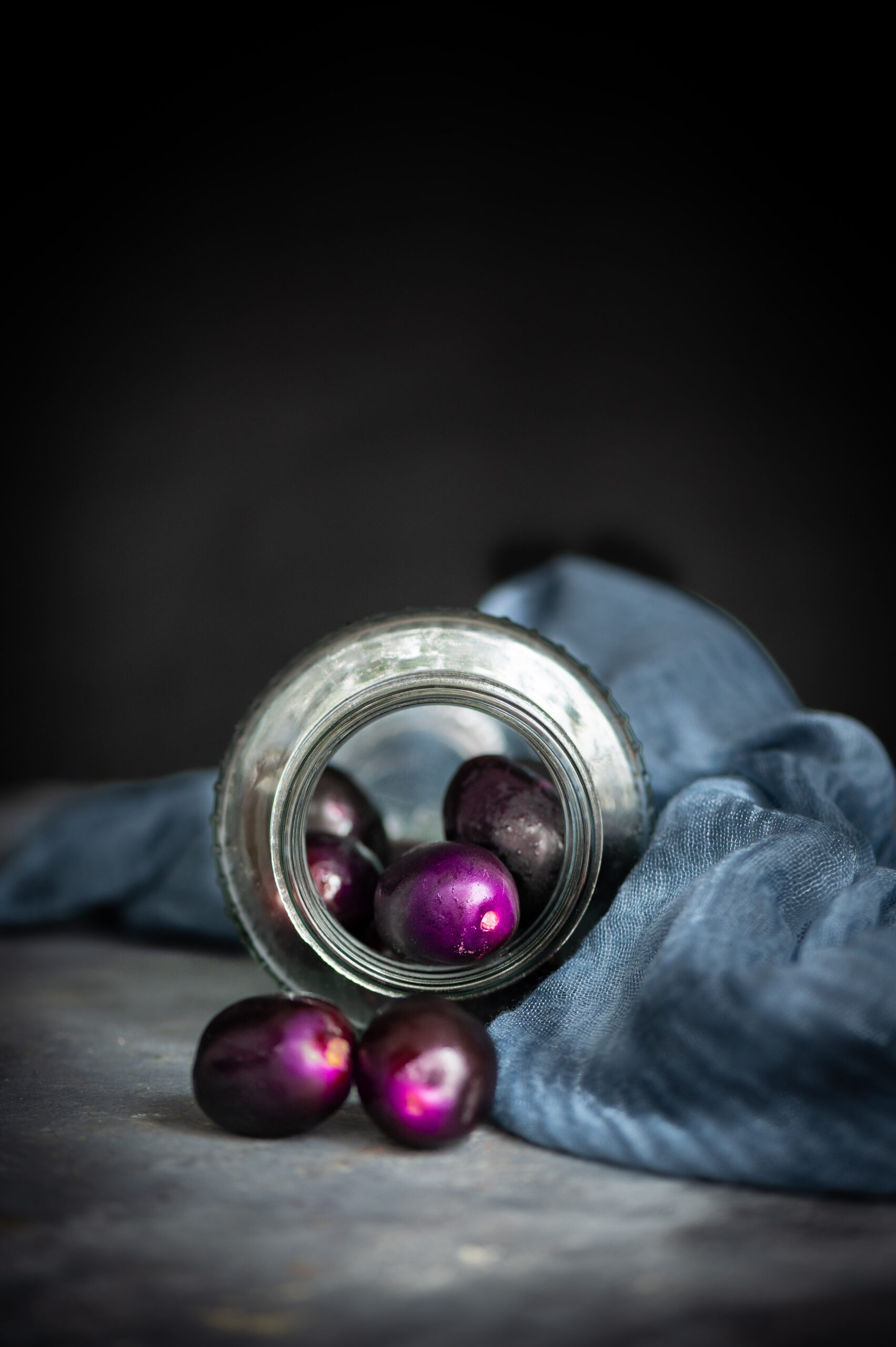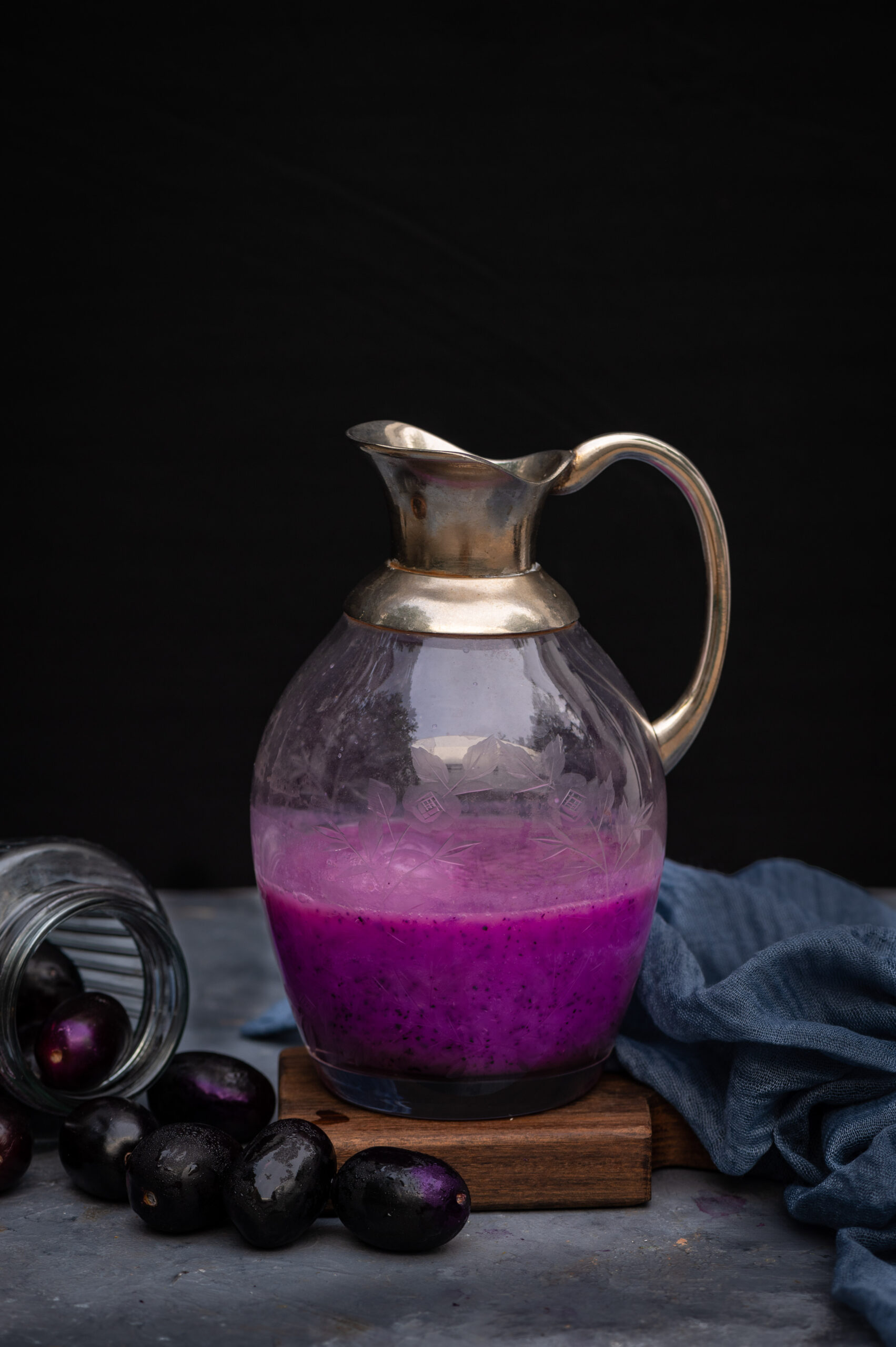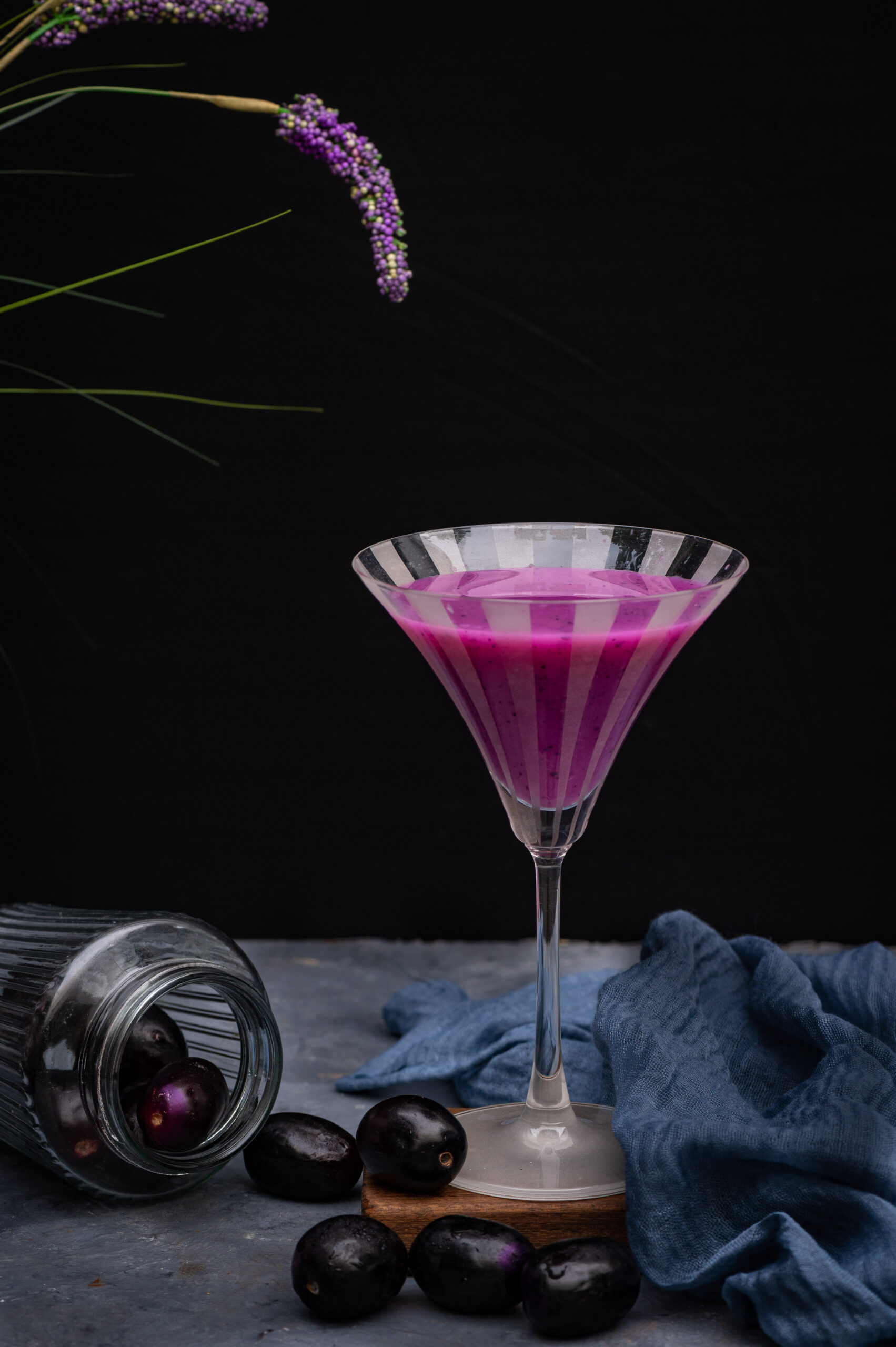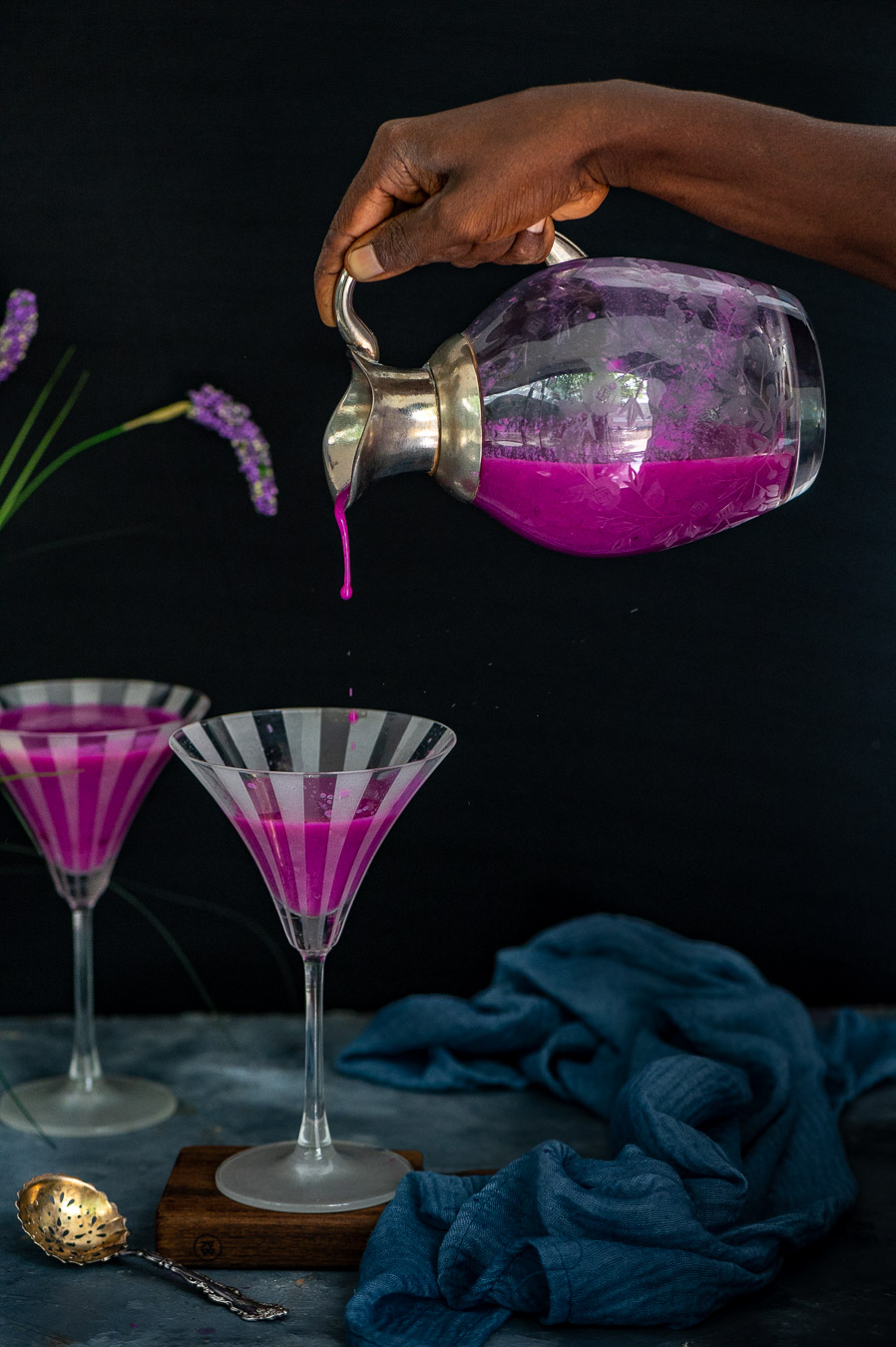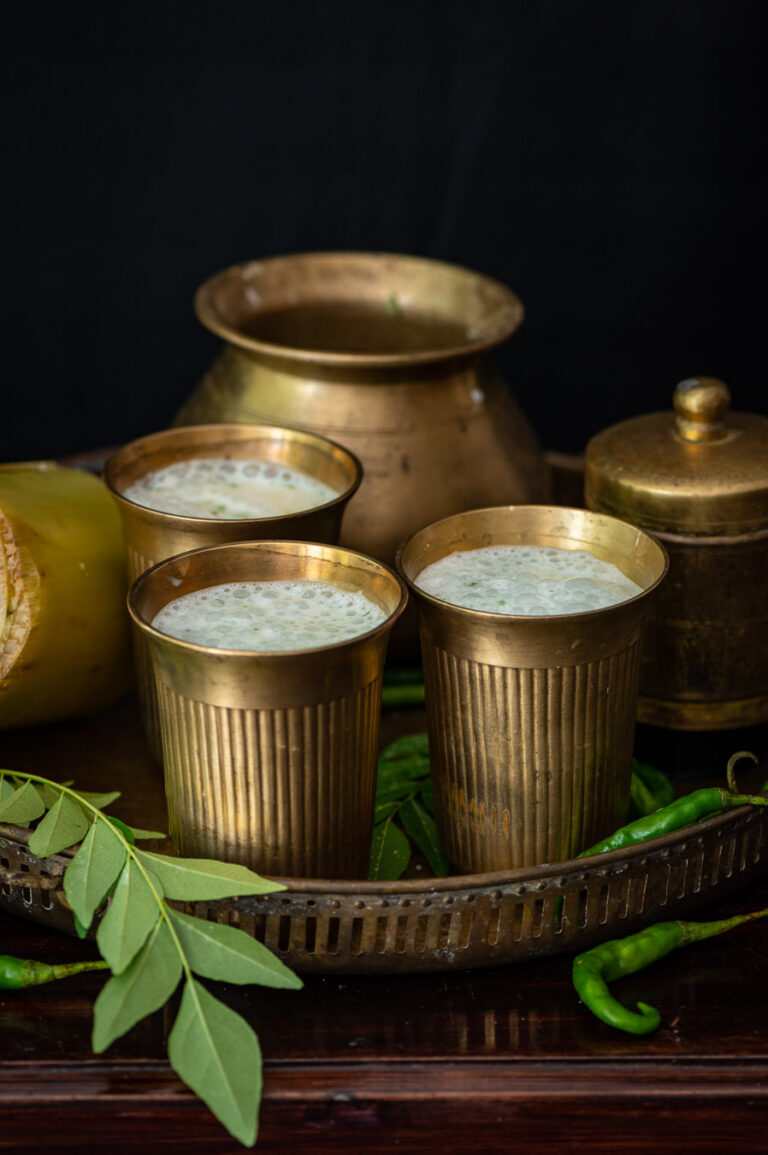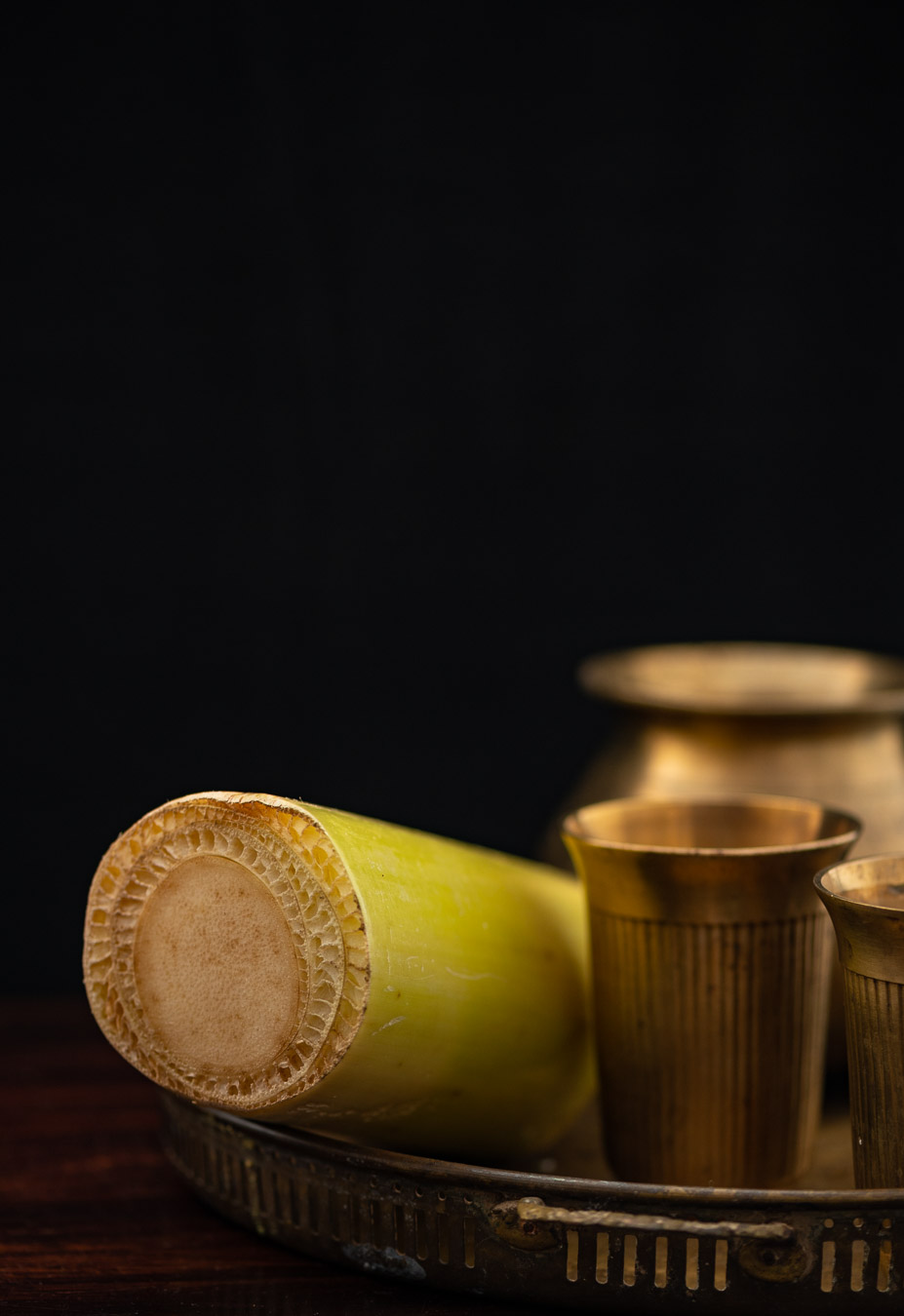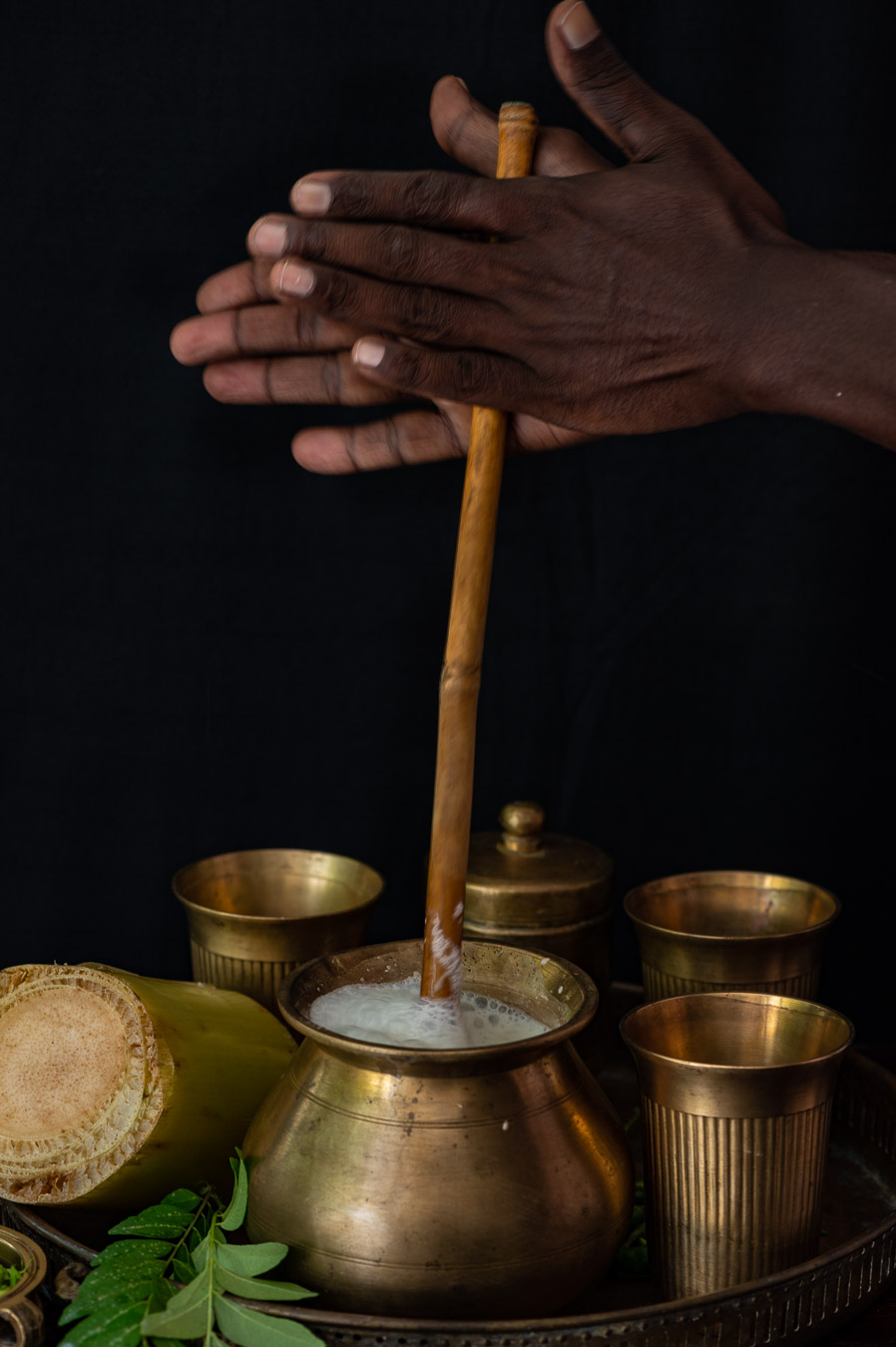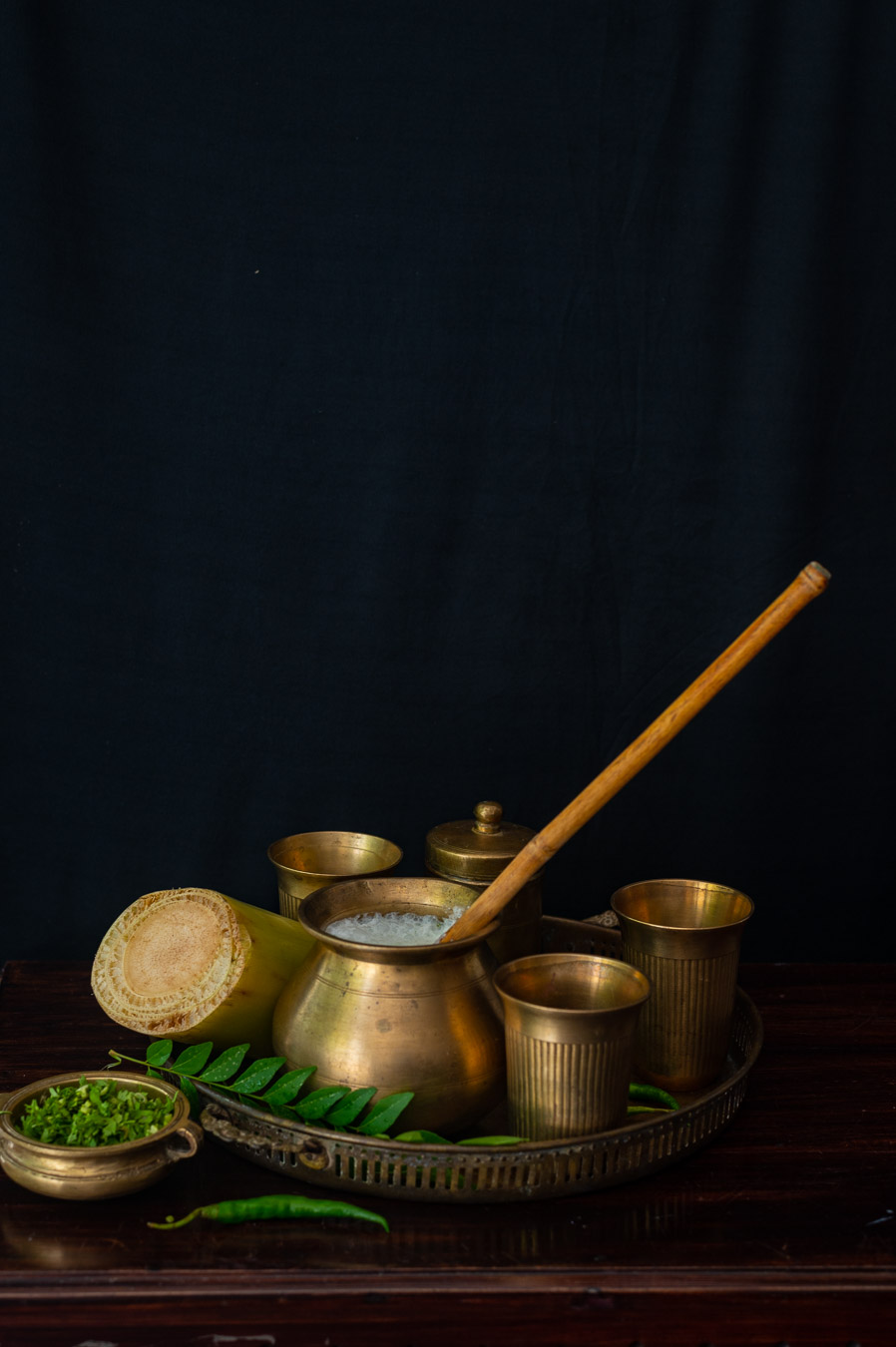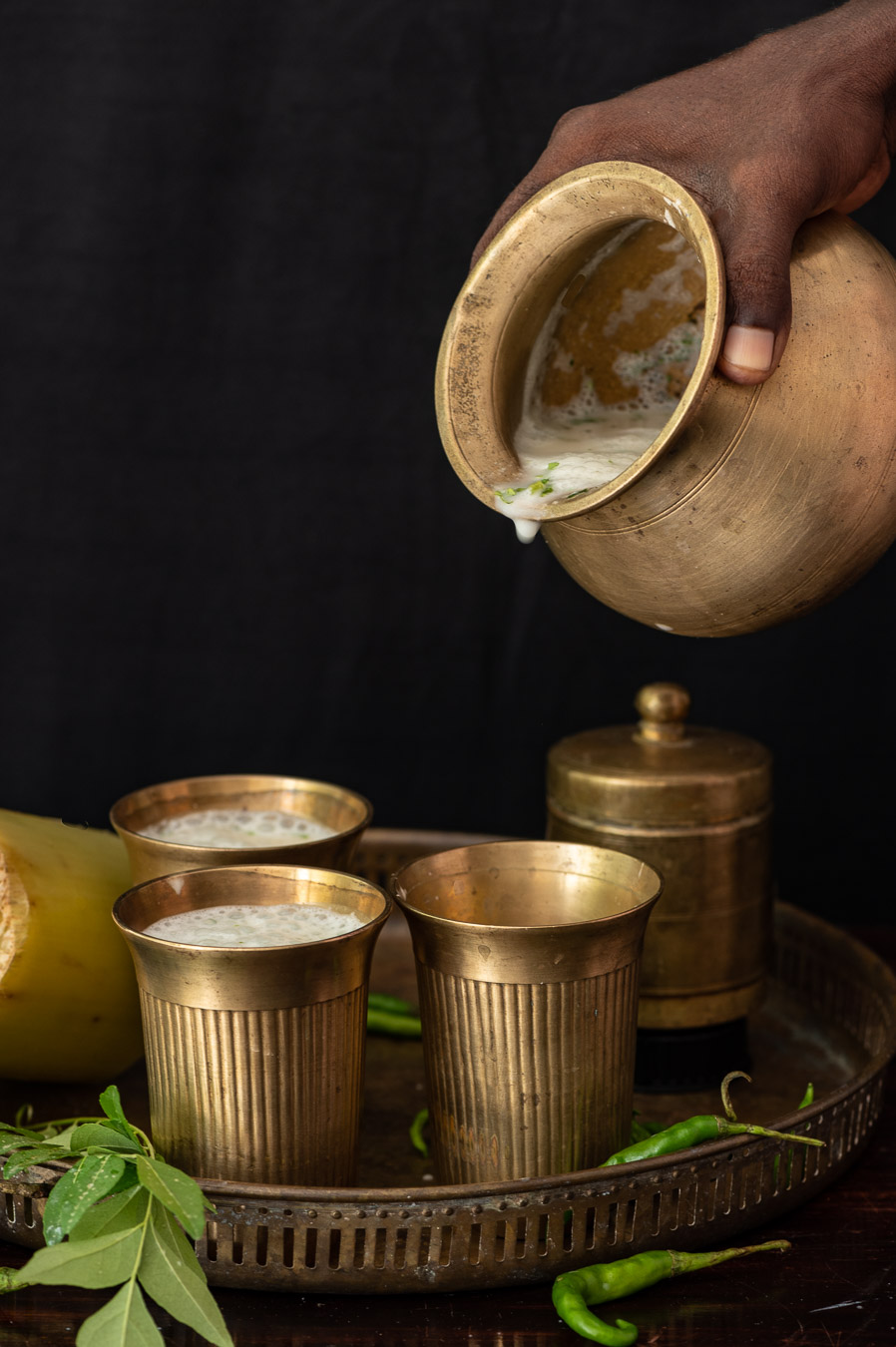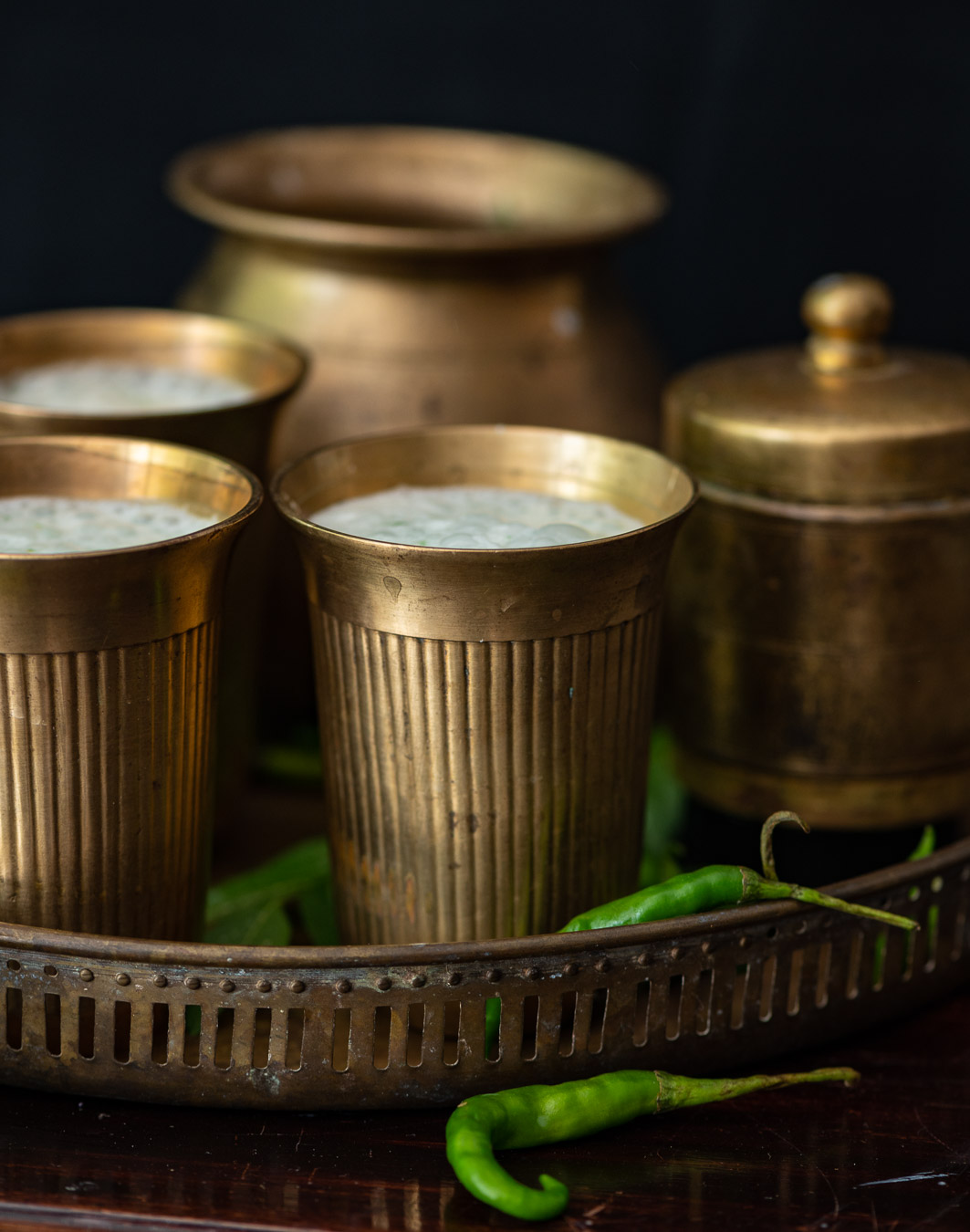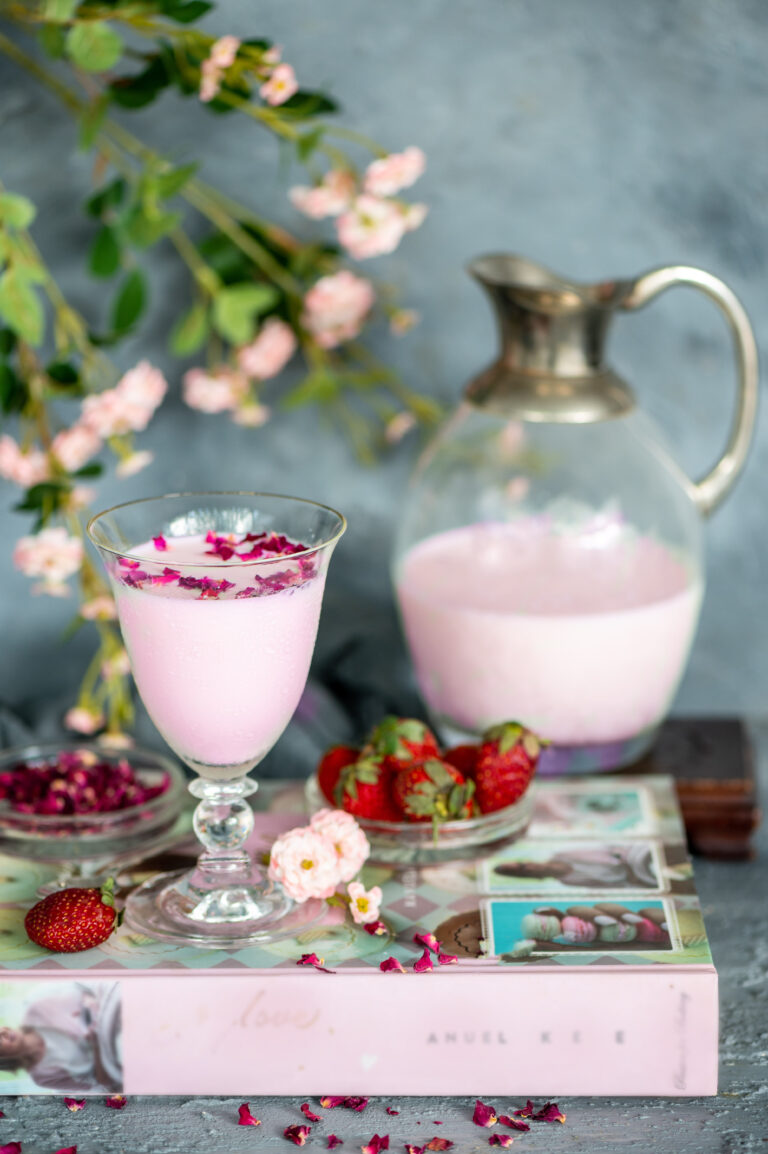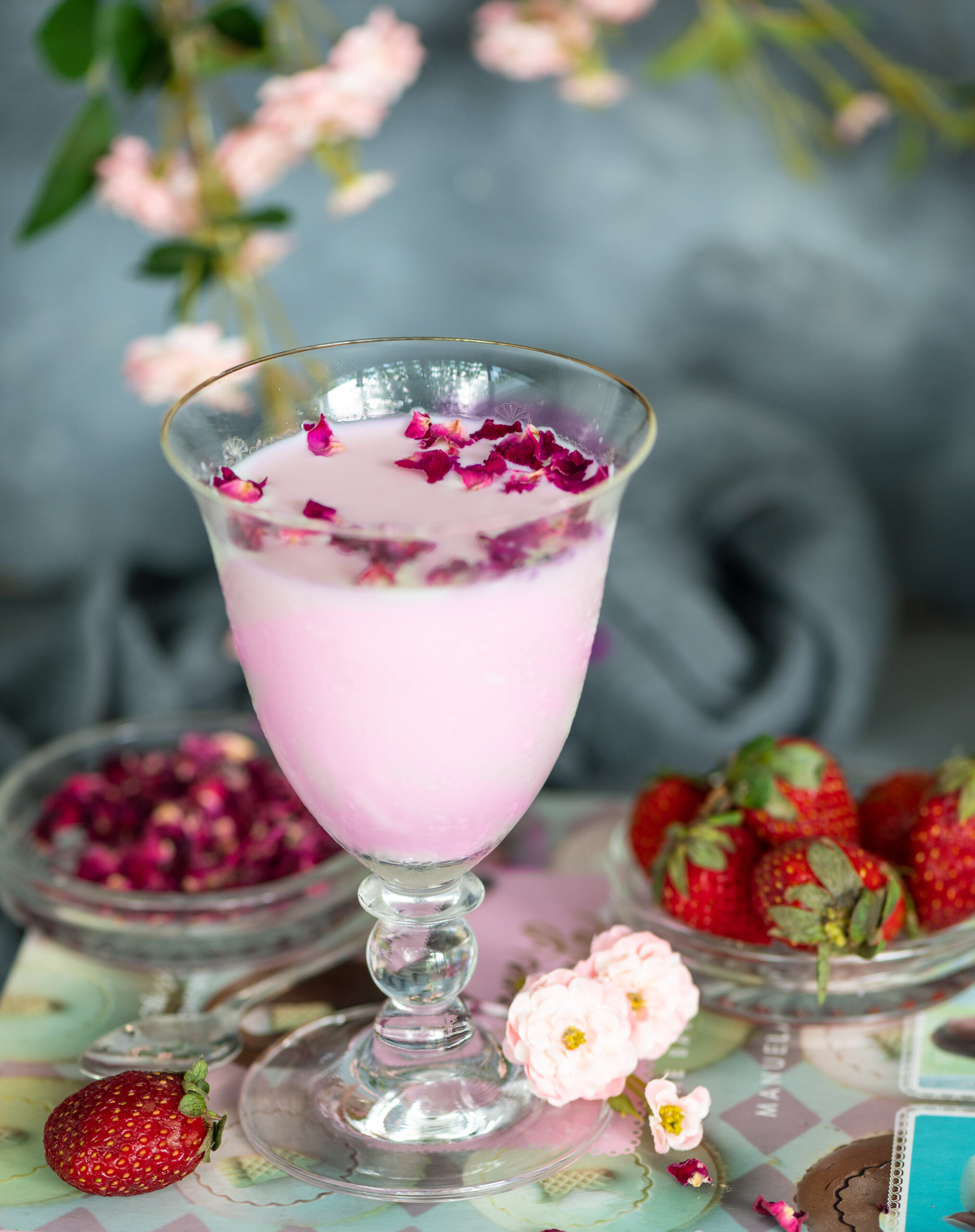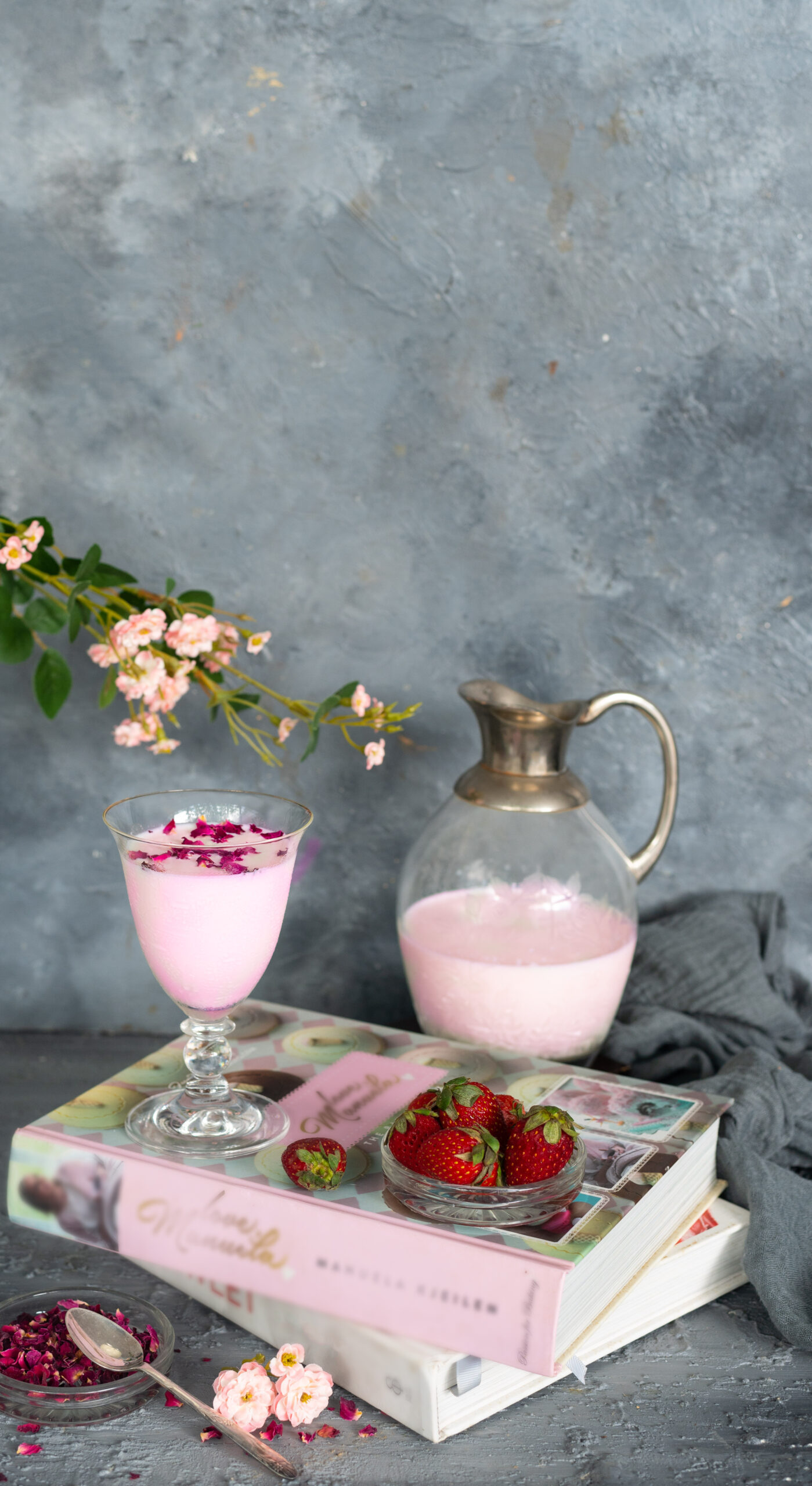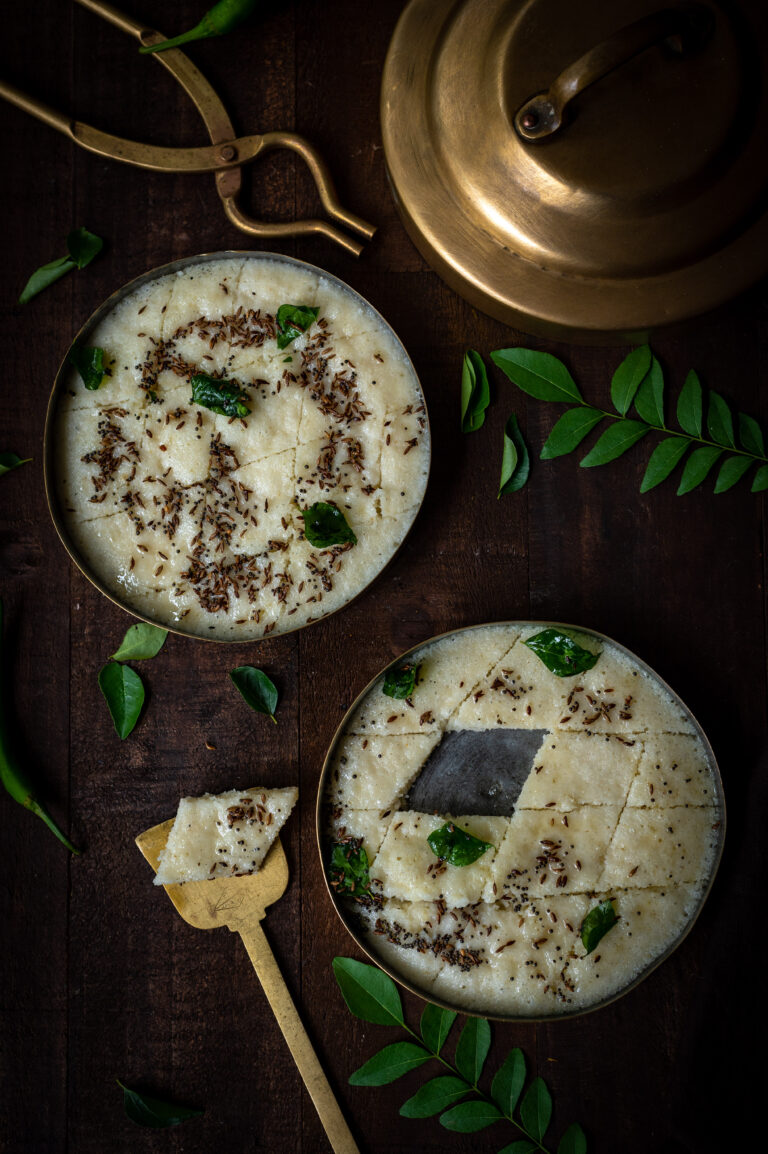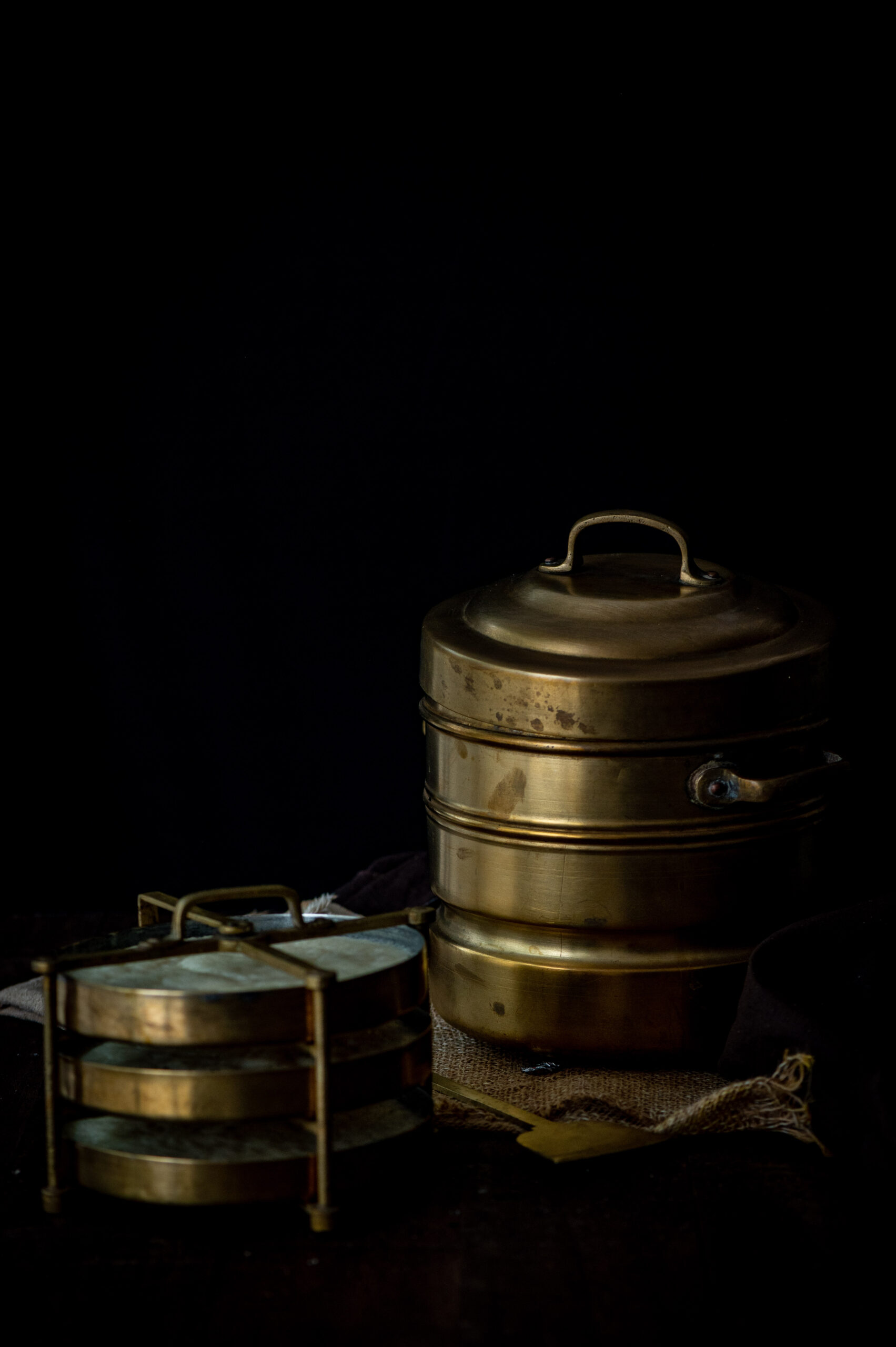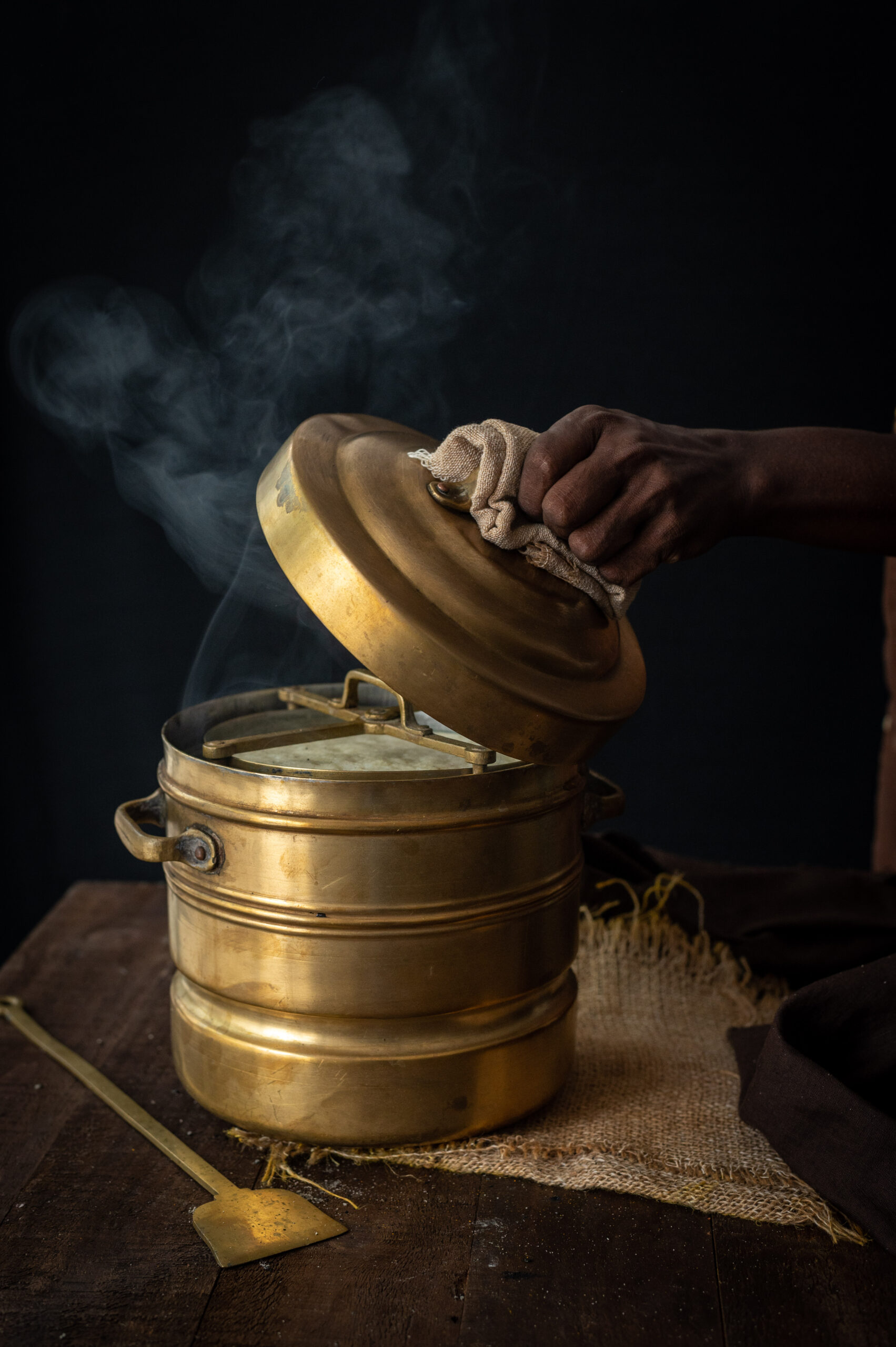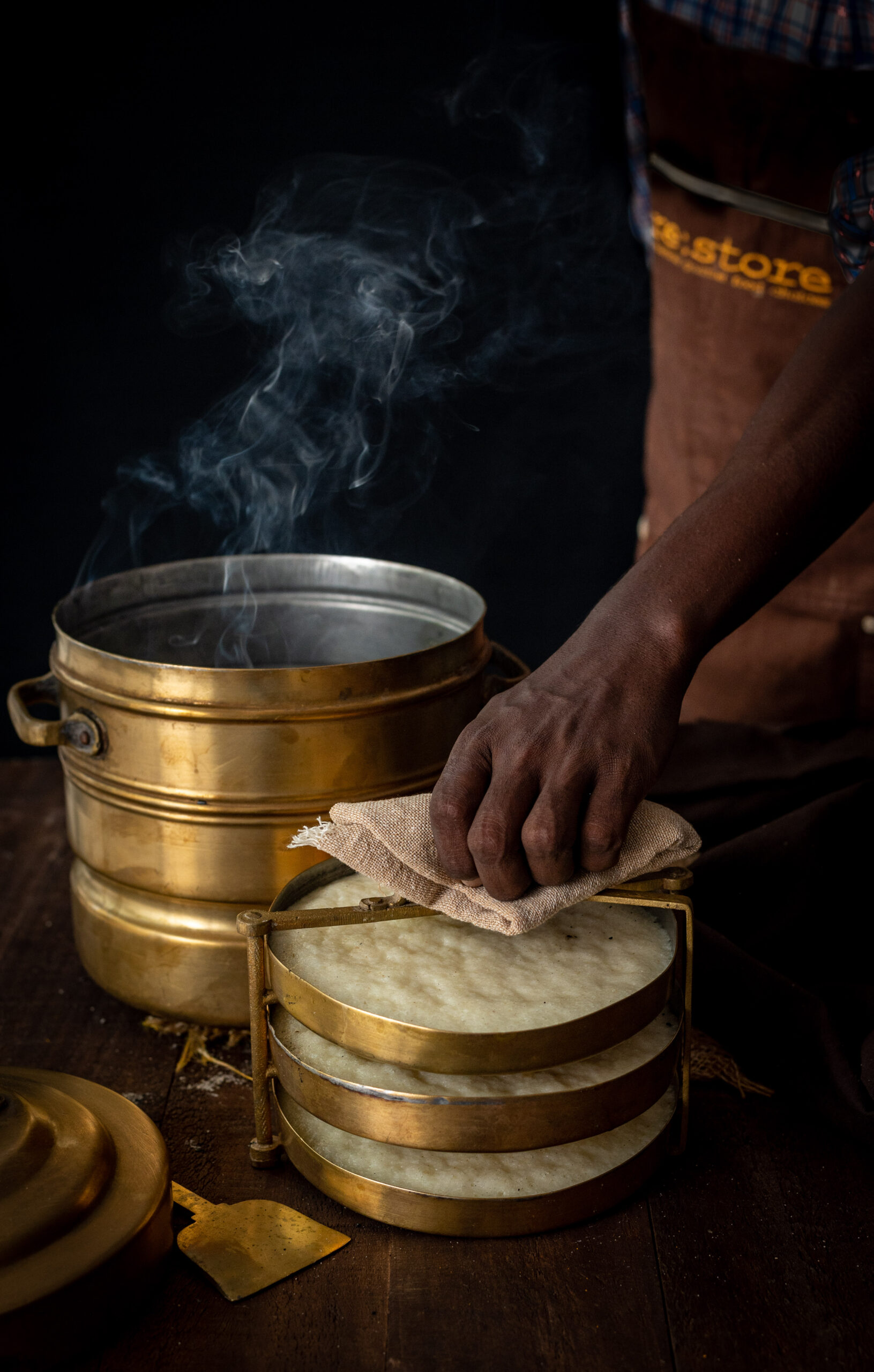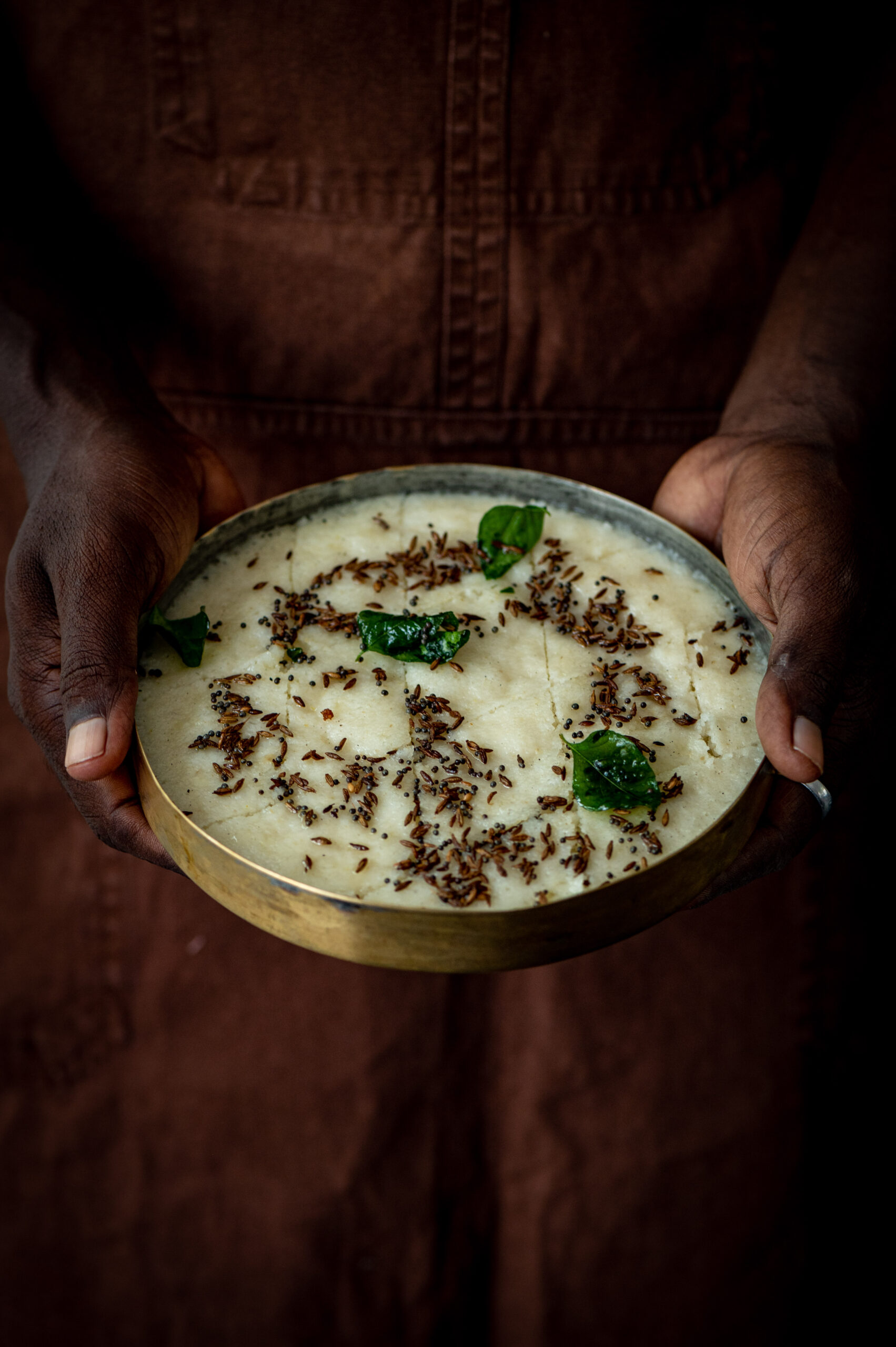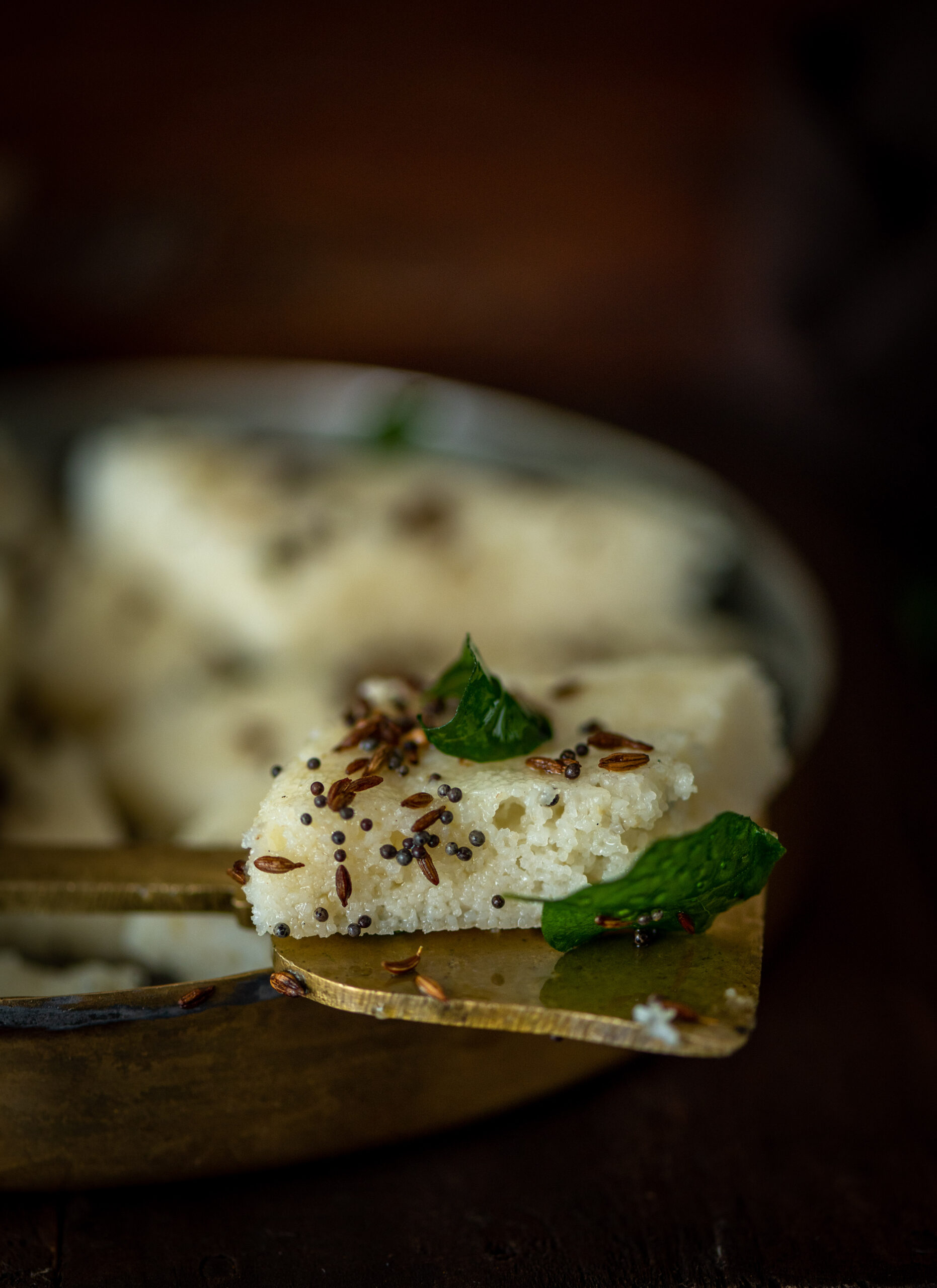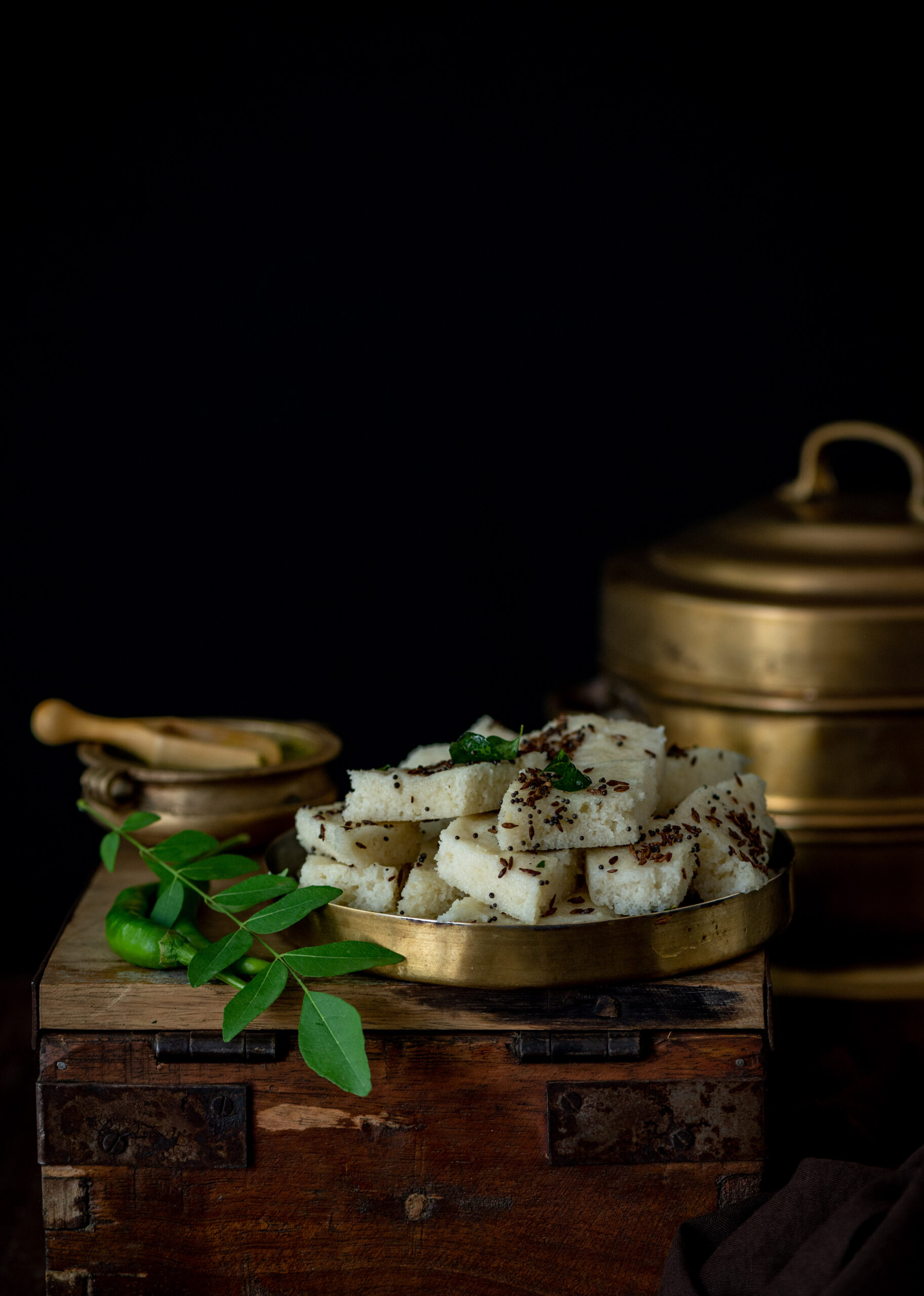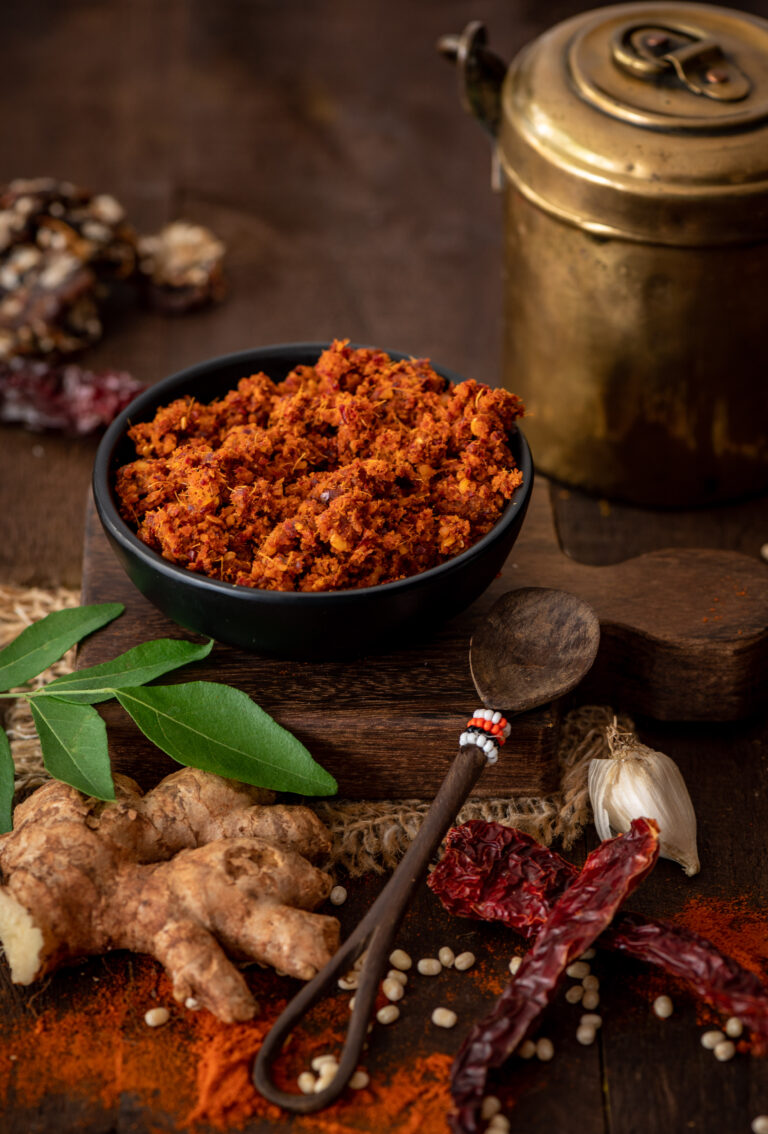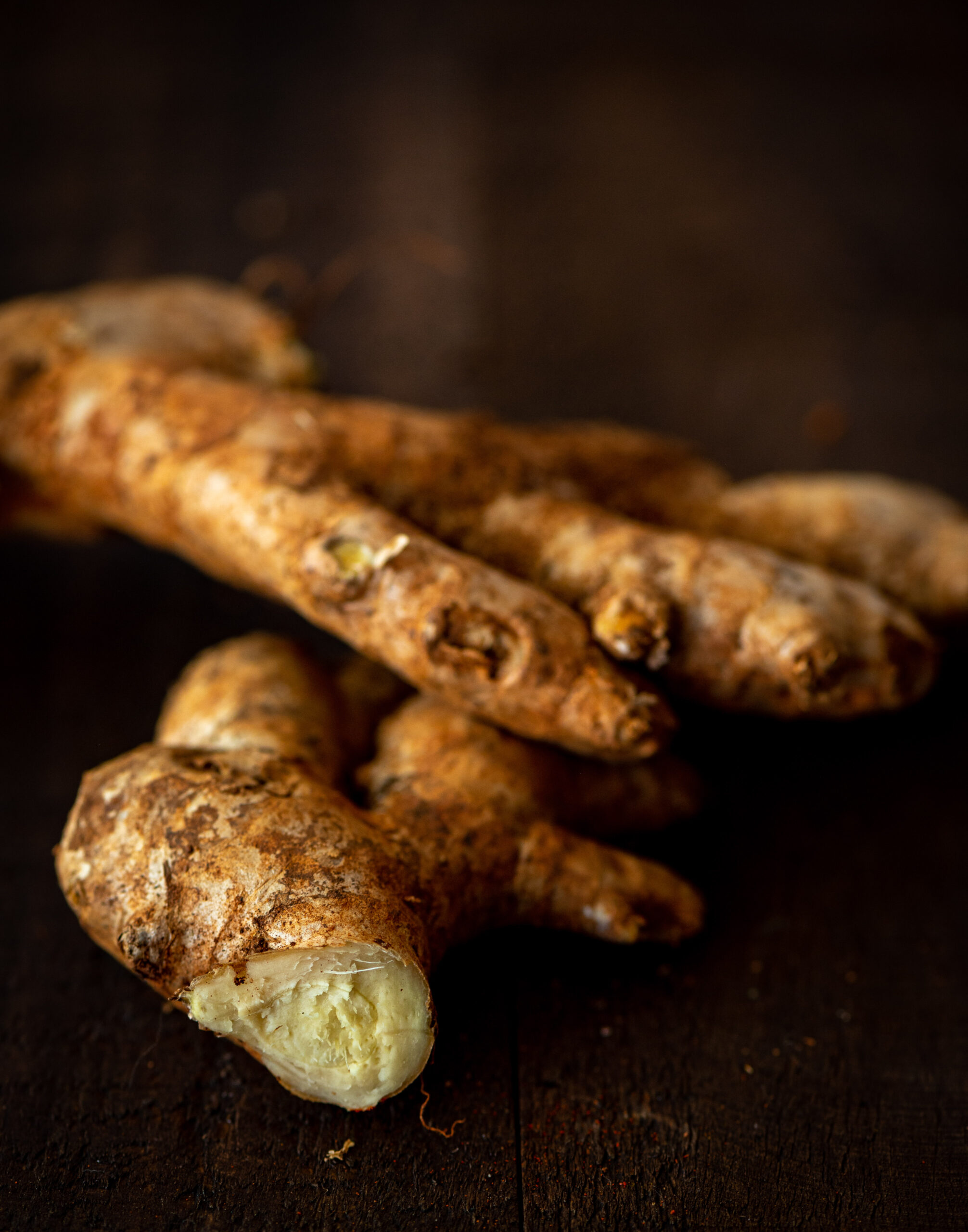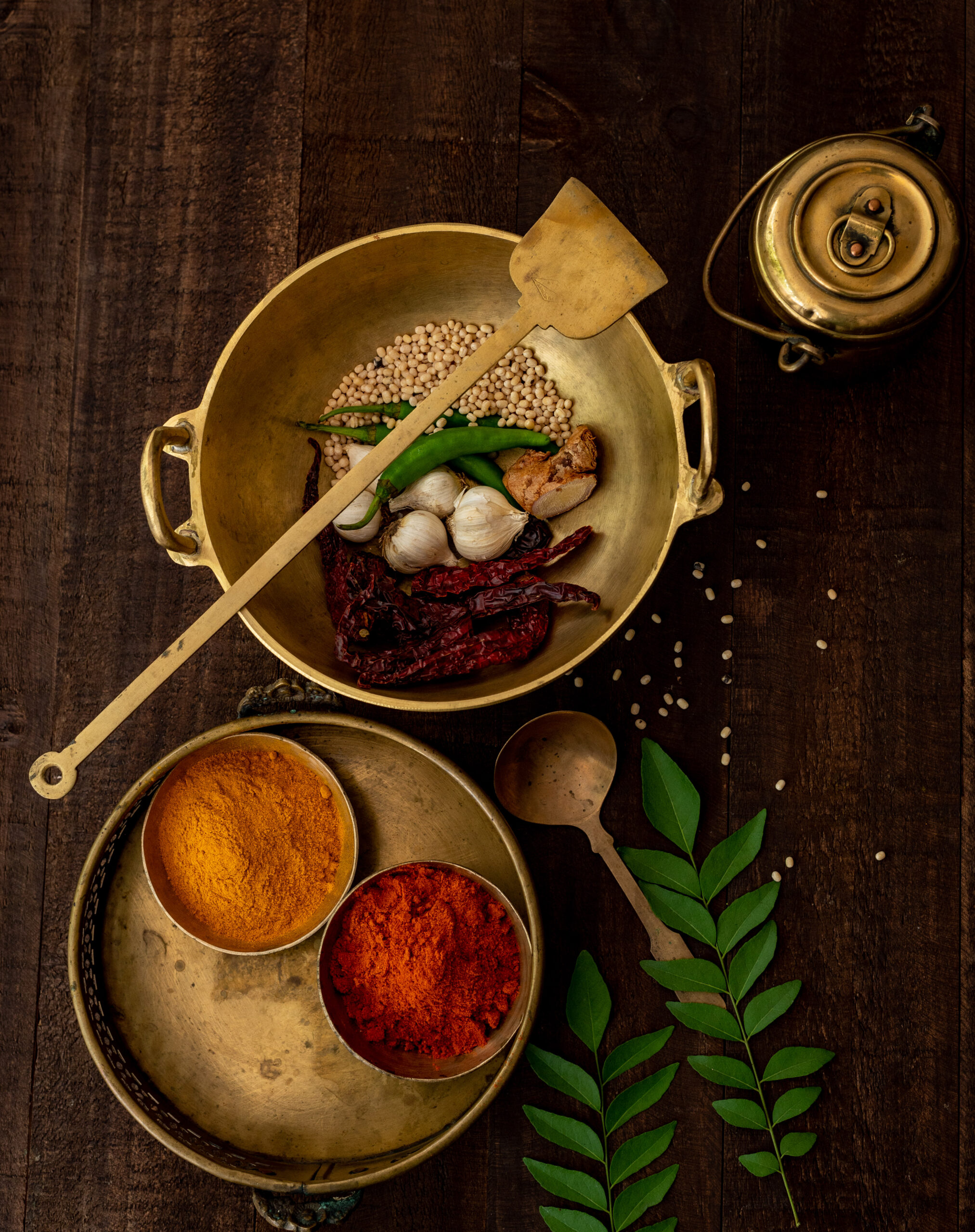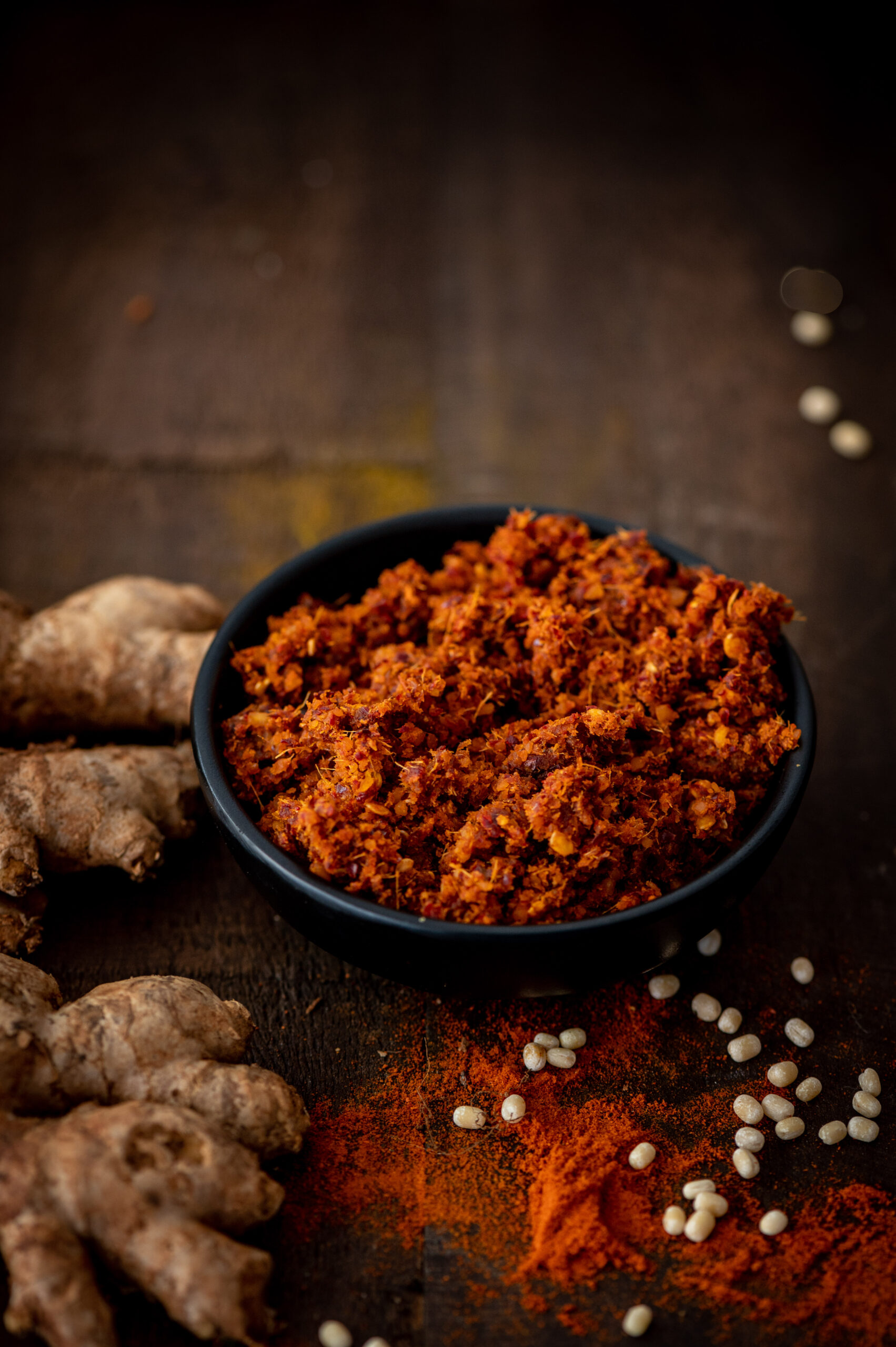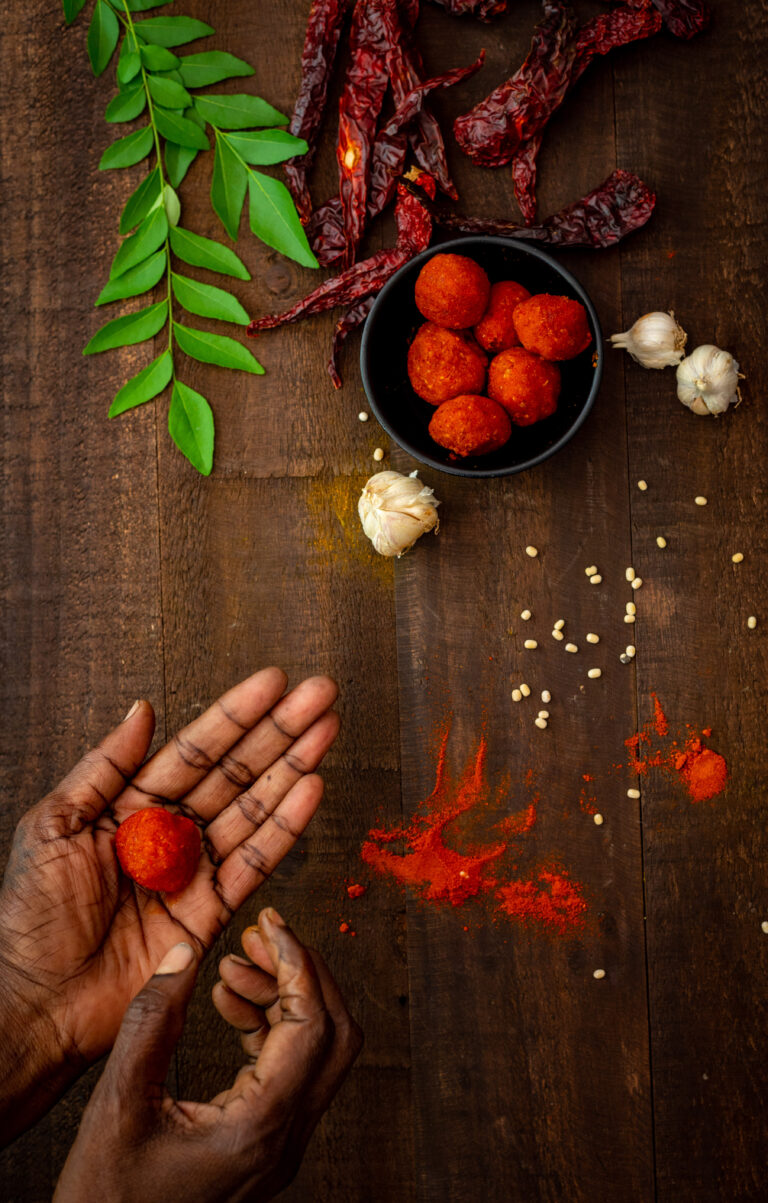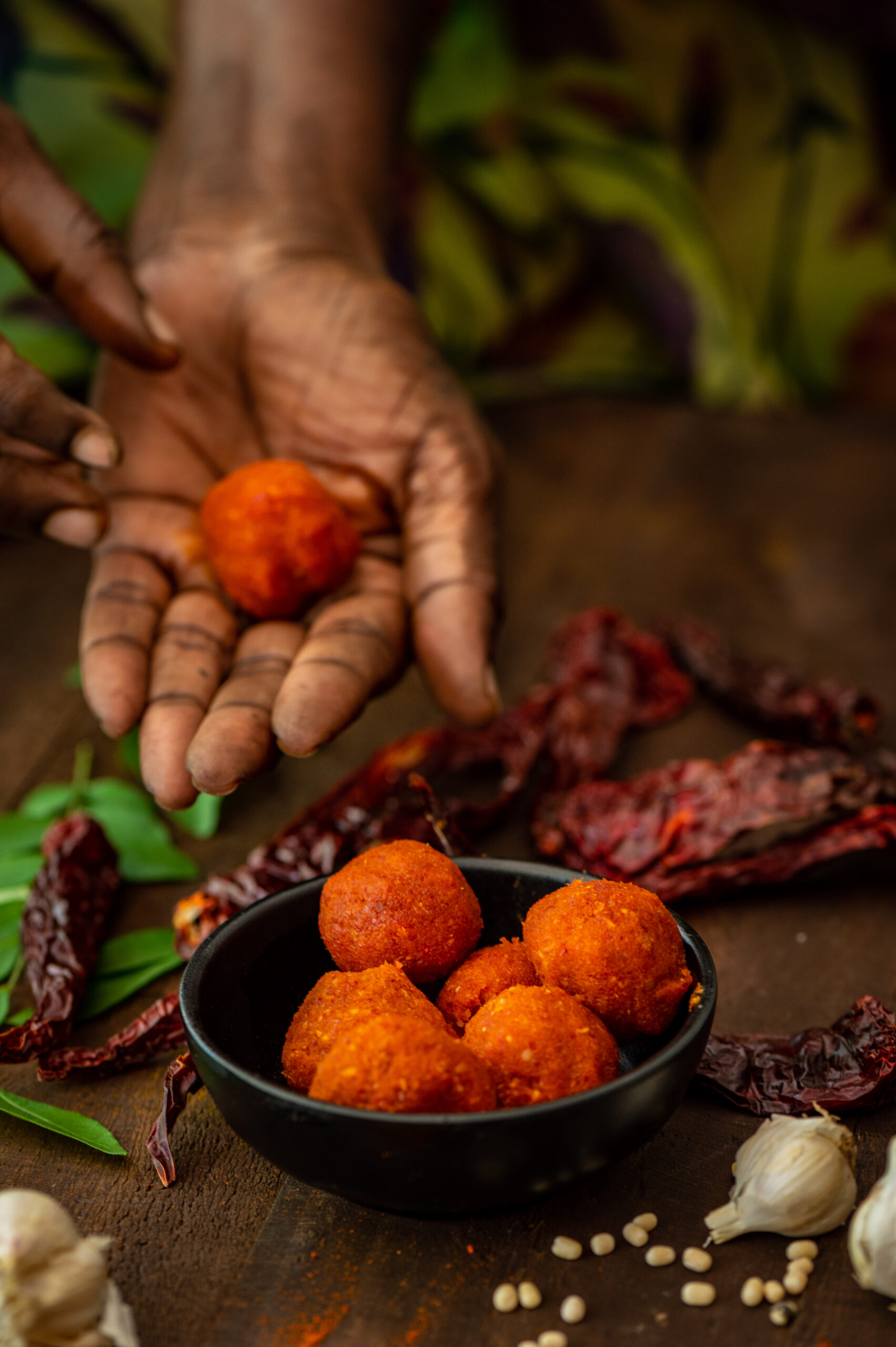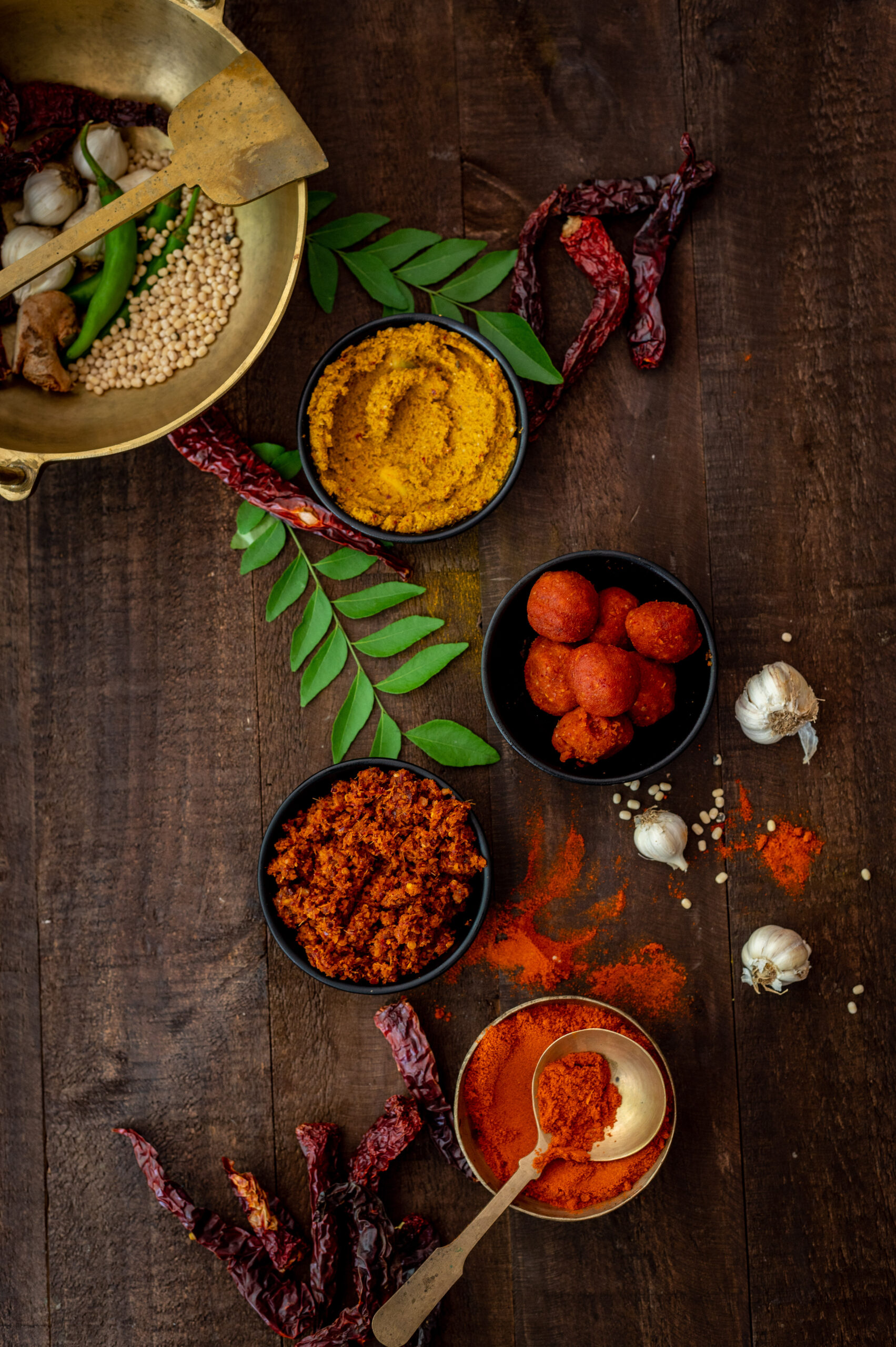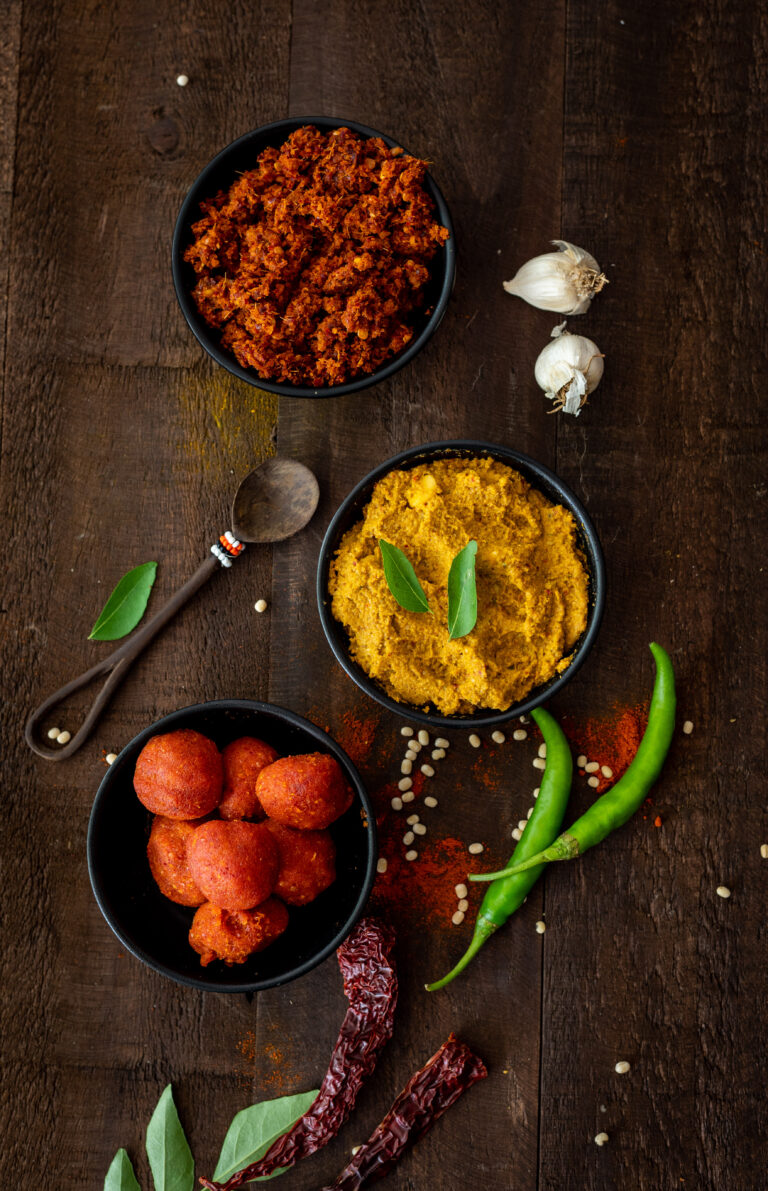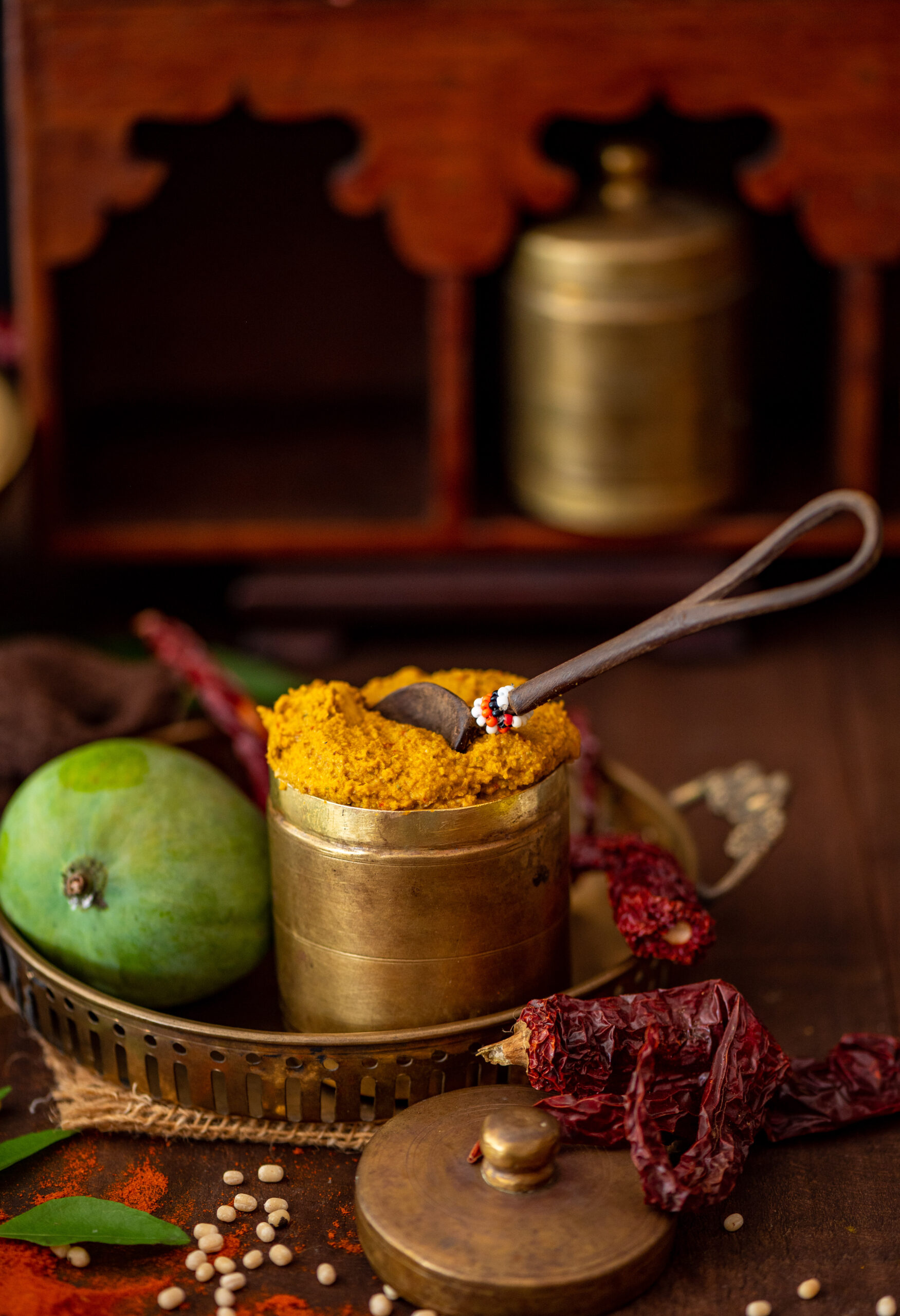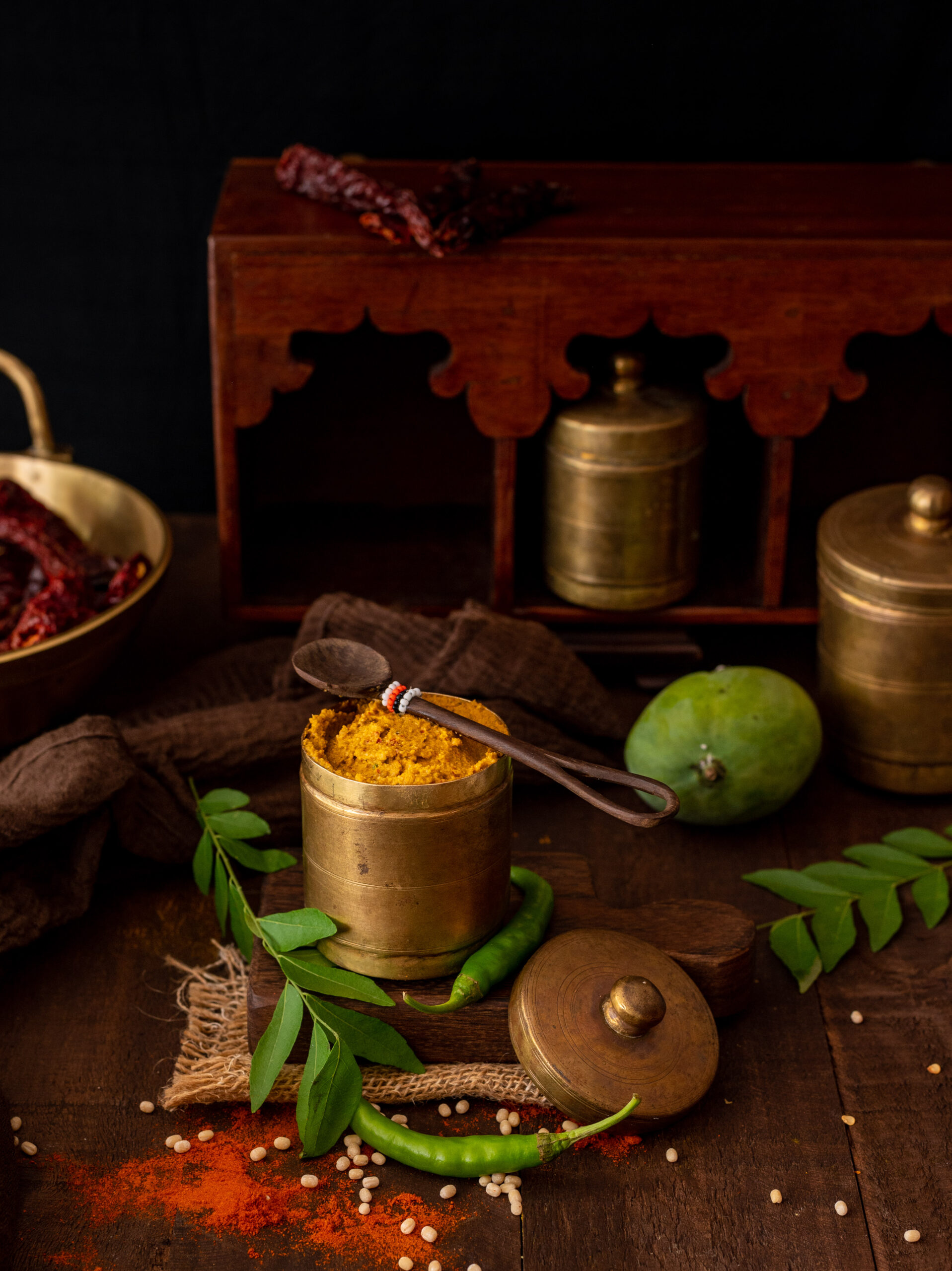Some years ago, I shared a recipe for a vegan lavender panna cotta, and this dessert has been on my mind yet again. This time however, the non-vegan variety is what I’ve been craving. Perhaps I am drawn to dairy in desserts because it is the basis of most Indian sweets, and therefore is a part of what I grew up eating. Although it is not Indian in origin, panna cotta certainly hits the spot as a milk-based, delicious sweet treat. It is light but satisfying, and I love that it lends itself to a range of flavours. While playing around with possible flavours, I hit on a combination that retains a sense of the regional. So here you have it: a saffron-pistachio-rose panna cotta.
While many people enjoy their panna cotta with a coulis made of berries, I prefer a pistachio topping. I find it complements the saffron. It’s is one of my favourite flavours, and when I make my pistachio cake at re:store (available in saffron, rose and classic variants), I often make a tiny cupcake for myself from the batter. This panna cotta therefore brings together all the flavours that I have tried, tested and tasted time and again and know work well with pistachio.
You may wish to use agar-agar if you prefer, but I find that this substitute just doesn’t give the dessert the jiggle that gelatine does. If you ask me, a good panna cotta should jiggle. Perhaps it’s just a matter of presentation, but as I’ve said often, presentation is key when it comes to sweet treats. The eye eats first.
Remember that you can make sugar-free and vegan panna cottas, using any medium (almond milk, coconut milk, etc). I often do. Today, however, I felt indulgent… The saffron I used was some absolutely beautiful Spanish saffron that dear friends who live in Spain gave me when they visited. So many friends of mine scattered across the globe tend to bring gifts that can be used at re:store or in my kitchen. The lavender in my previous panna cotta recipe was a gift as well. I’m grateful to have these delectable ingredients, alongside my local and seasonal ones.
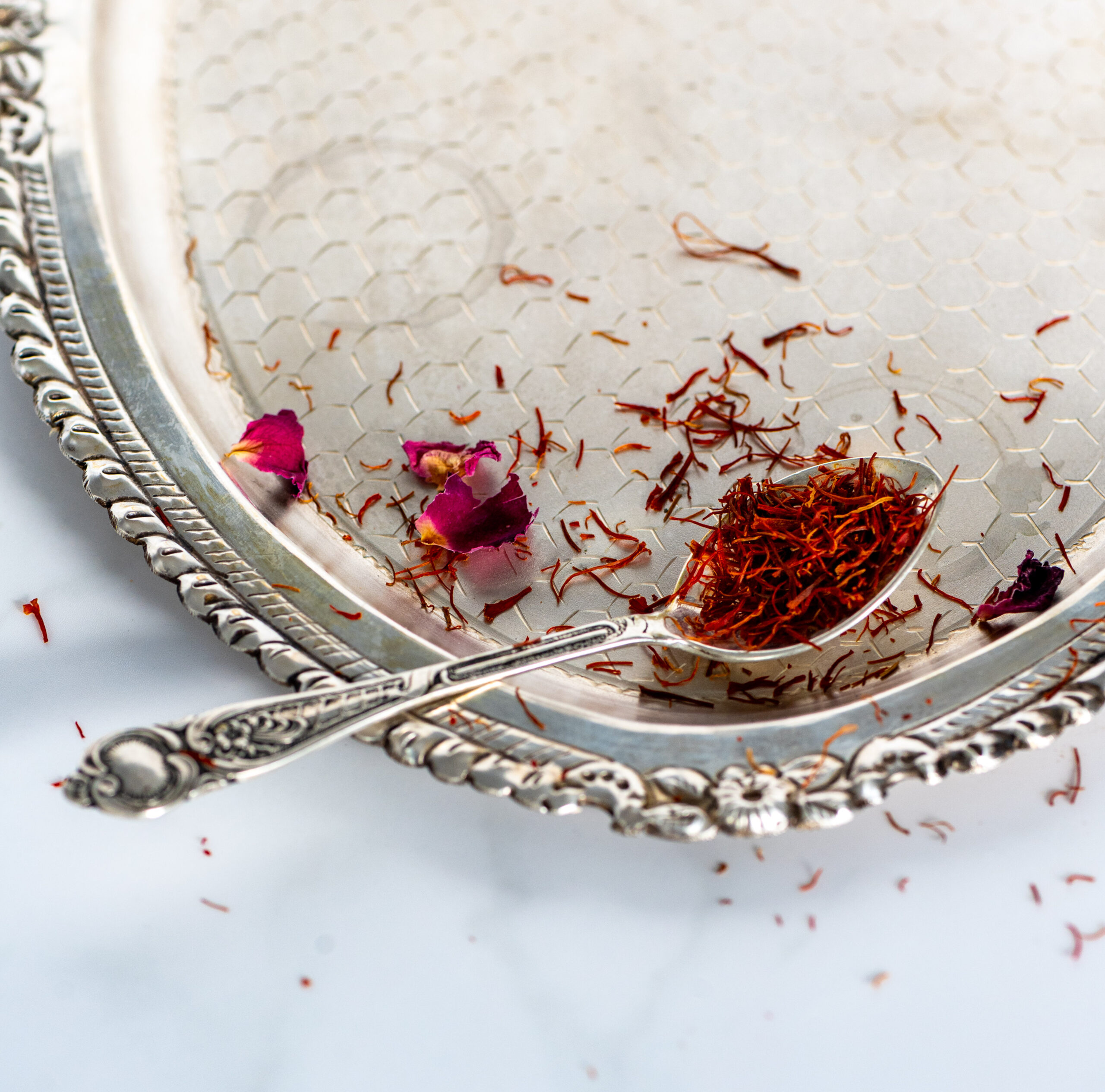
A pinch of Spanish saffron, with distinctly Indian touches of pistachio and rose water… And yet it’s memories of a trip to Rome that emerged as I prepared this lovely dessert. Wherever we went, we gorged on authentic panna cotta, tiramisu and gelato. Reminiscing on my Italian sojourn must have been what inspired me to become interested in making ice cream. As I’ve said on this blog before, I consider myself an eternal student, and I’m literally going to sign up for a course. Isn’t it wonderful how food is a way to travel, especially in these difficult times when travel is sometimes not possible, or just not what it used to be? It’s all the more special when we are able to evoke memories or aspirations of travel right in our very own kitchens.
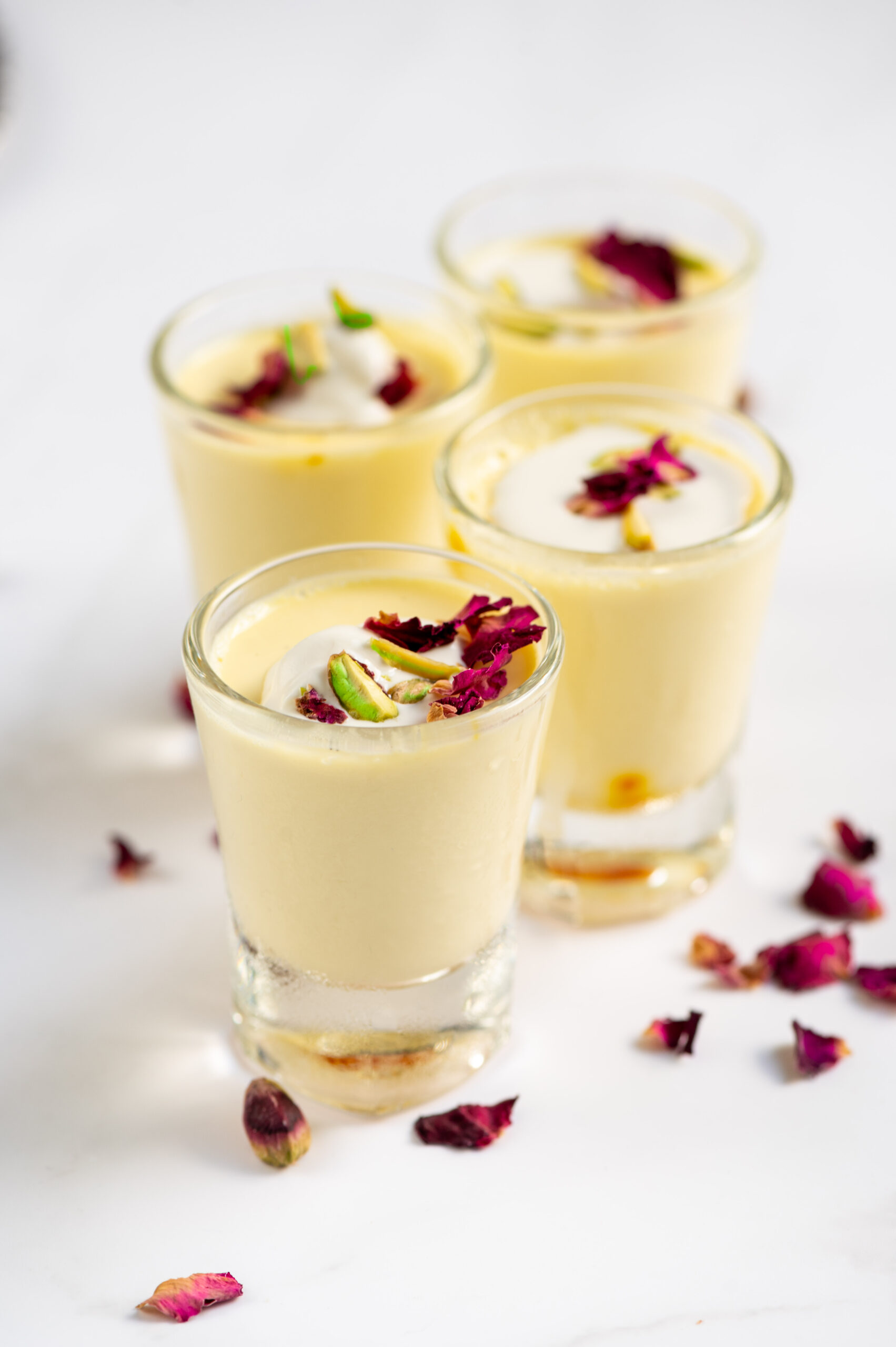
Saffron-Pistachio-Rose Panna Cotta
(Serves 4)
Panna Cotta
7 grams gelatine
3 tablespoons cold water (to soak)
1 cup cream
1½ cups whole milk
1⁄3 cup sugar
A pinch of salt
½ teaspoon saffron + 1 tablespoon milk
Pistachio Topping
¼ cup shelled, toasted and sliced pistachio
Rose Cream
½ cup whipping cream
1 teaspoon rose water
Soak the gelatine in cold water for about ten minutes. Soak the saffron in milk.
In the meanwhile, add the cream, milk and sugar along with the salt in a saucepan. Allow to cook on a medium flame, stirring occasionally.
When the mixture is ready to boil, add the soaked saffron. Bring to a boil and turn off the flame.
Allow to rest for about ten minutes, and then add the bloomed gelatine. Due to the heat, the gelatine will melt. Stir well, pour into a mould and set overnight in the refrigerator.
When you are ready to serve the panna cotta, prepare the topping of rose cream. Whip the ingredients together in a bowl until you get soft peaks, or the consistency that you prefer.
Now, it’s time to assemble the dessert. Dip the mould in which the panna cotta has set in warm water. Turn it upside down onto a serving plate. Garnish the panna cotta with a sprinkling of pistachio, a dollop of the whipped rose cream and rose petals if you have them. You will have an aromatic, alluring-looking dish, replete with a plethora of flavours. You can keep this saffron-pistachio-rose panna cotta in the refrigerator for 3-5 days. It’s a perfect dish to prepare in advance when you are expecting guests, and it is sure to wow them visually too.
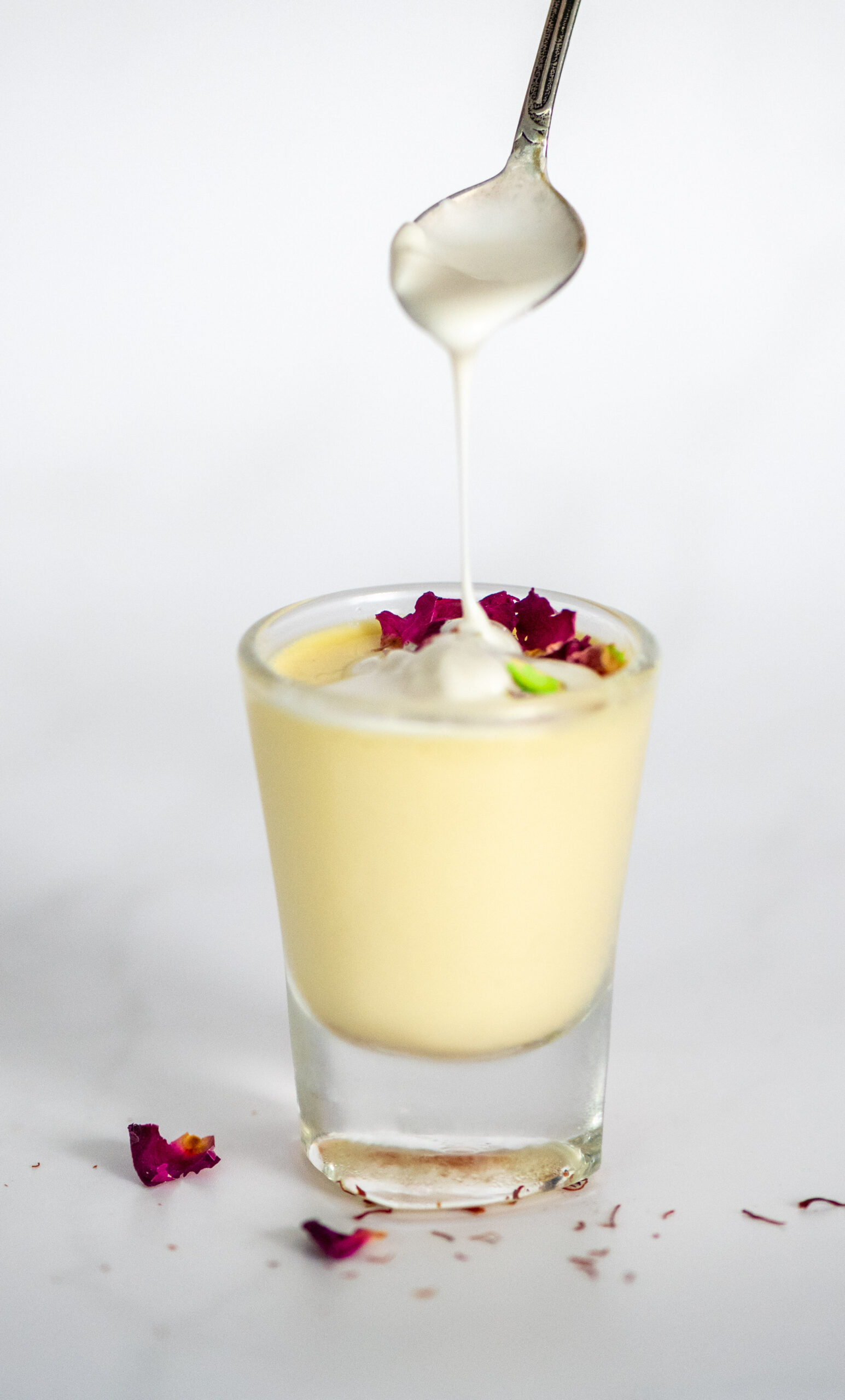
Saffron, pistachio and rose are international flavours as well as Indian ones, and I hope that they are easily available to you. The panna cotta base is beautifully adaptable, so you’ll easily be able to swap any of them out if you don’t have something on hand.
Aside from how gorgeous it is to the eye and how delicious it is to savour, what I like most about this dish is that it is a symbol of how food can make the world a smaller place. As we span worlds and cuisines, here’s an ongoing wish for the end of the pandemic and for us all to be able to communicate, commute, share and care again as easily as we did before.
